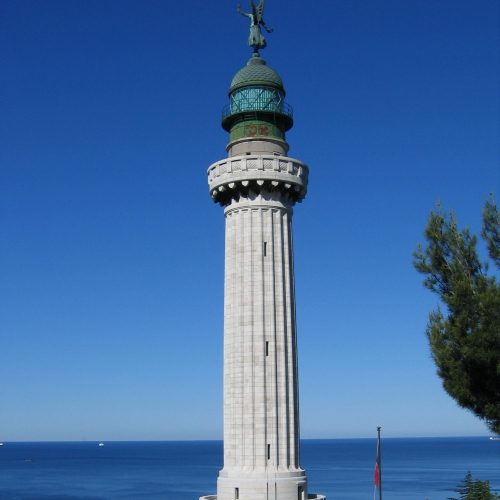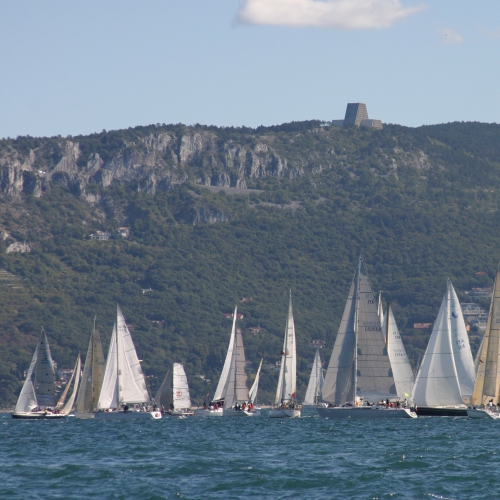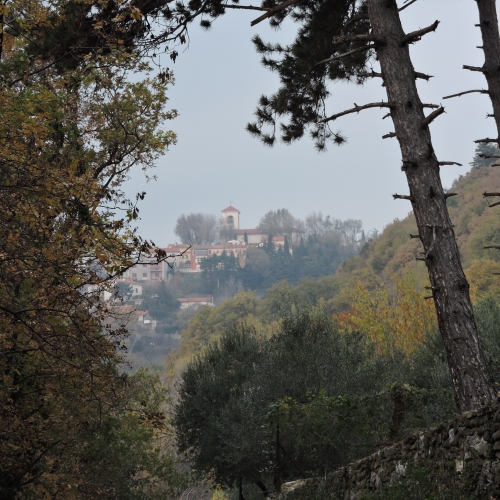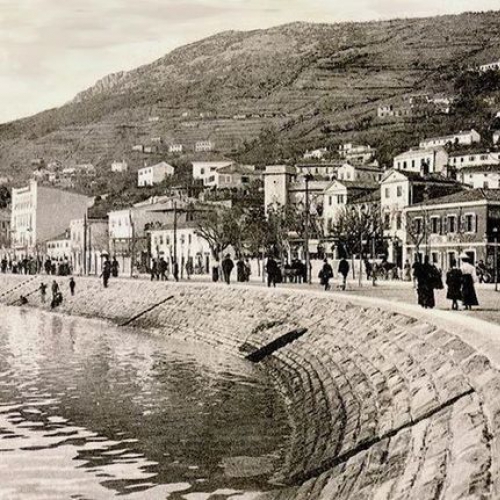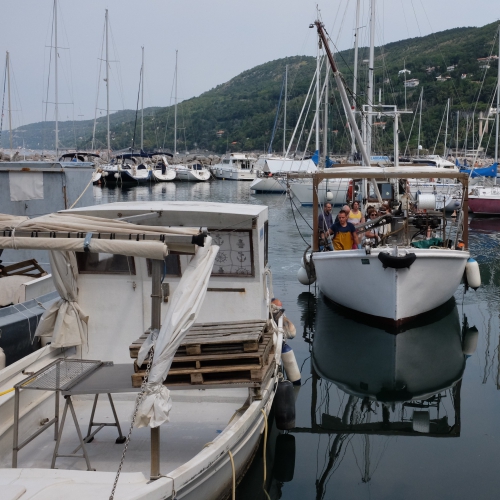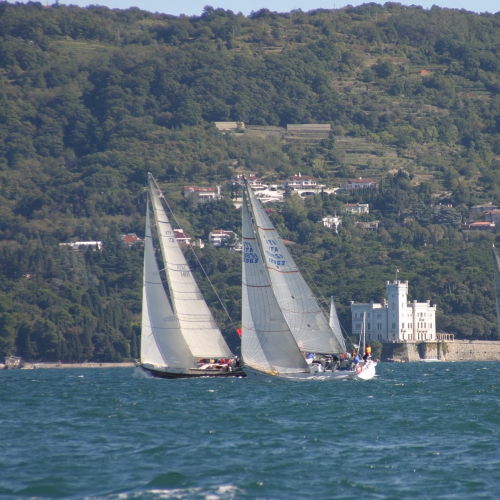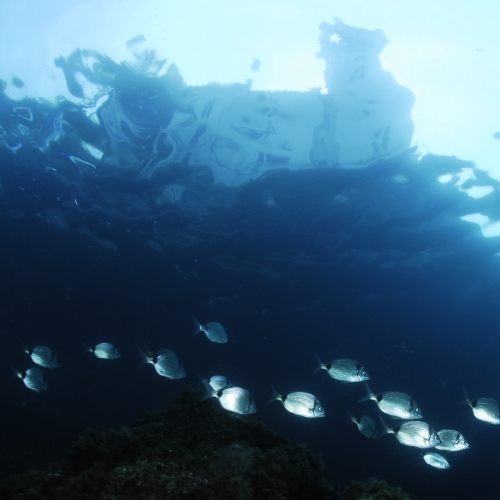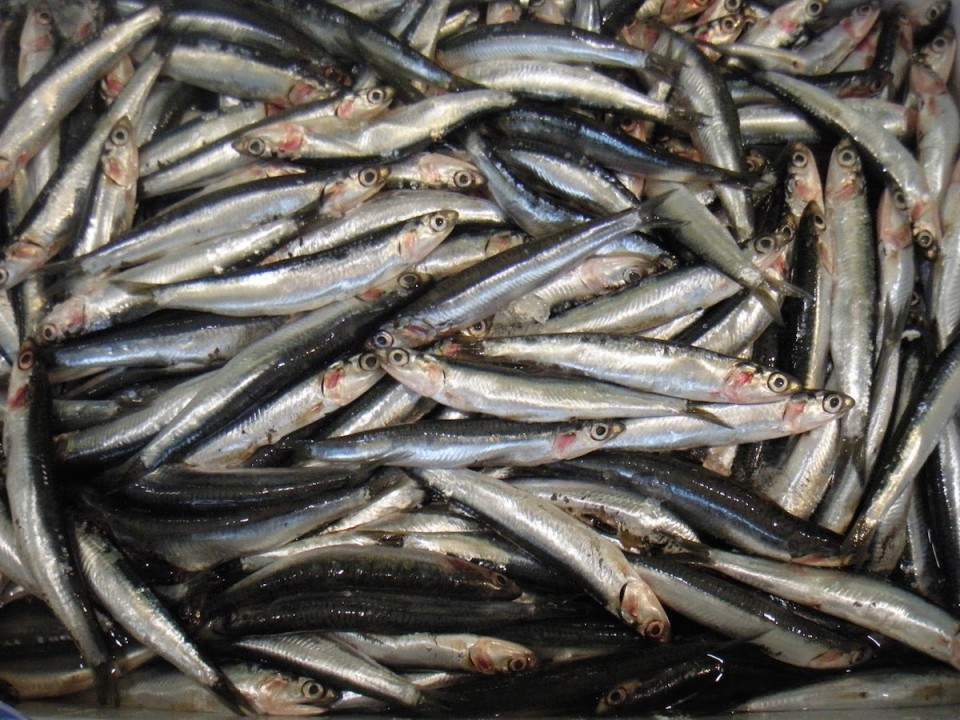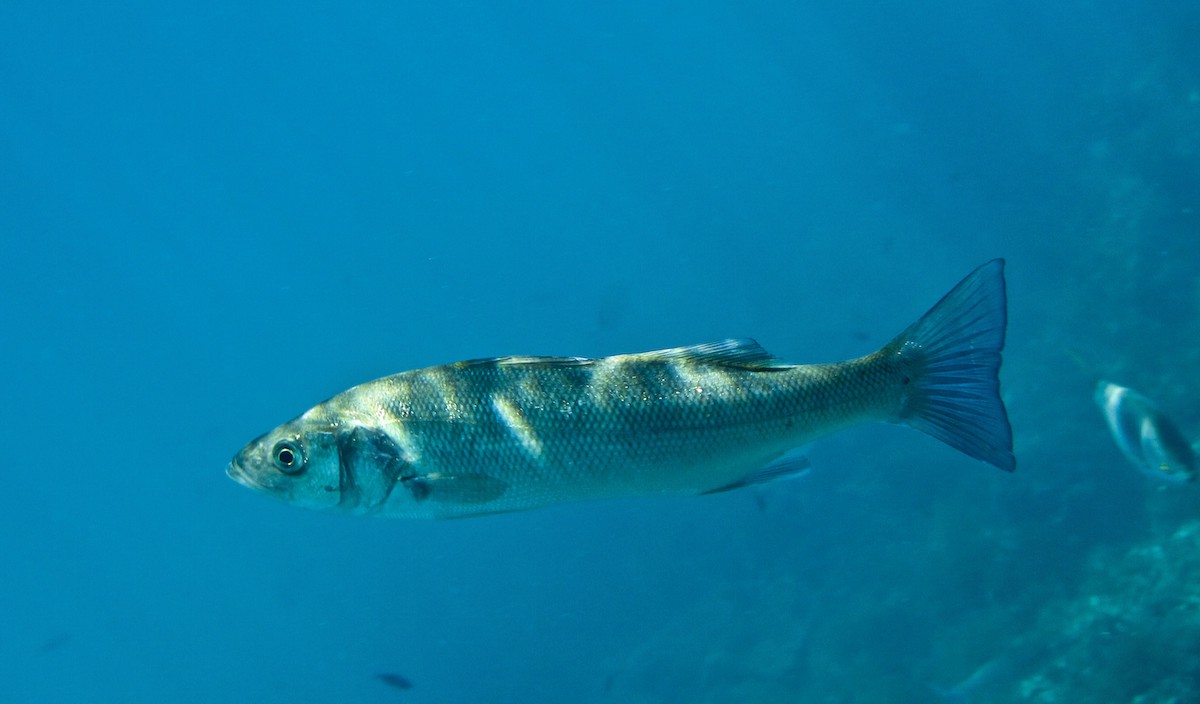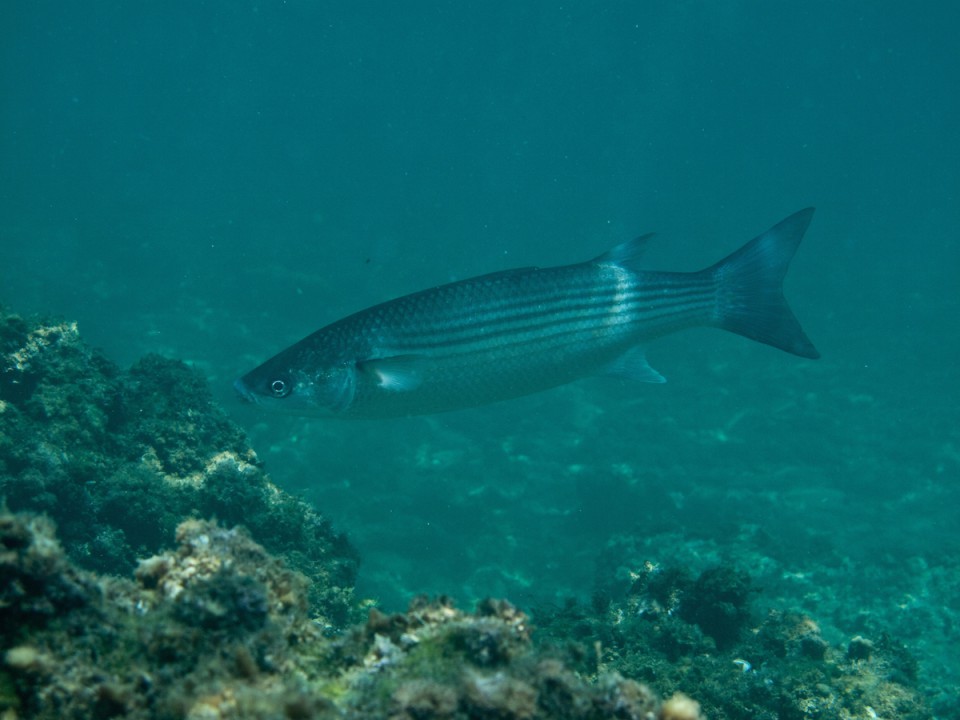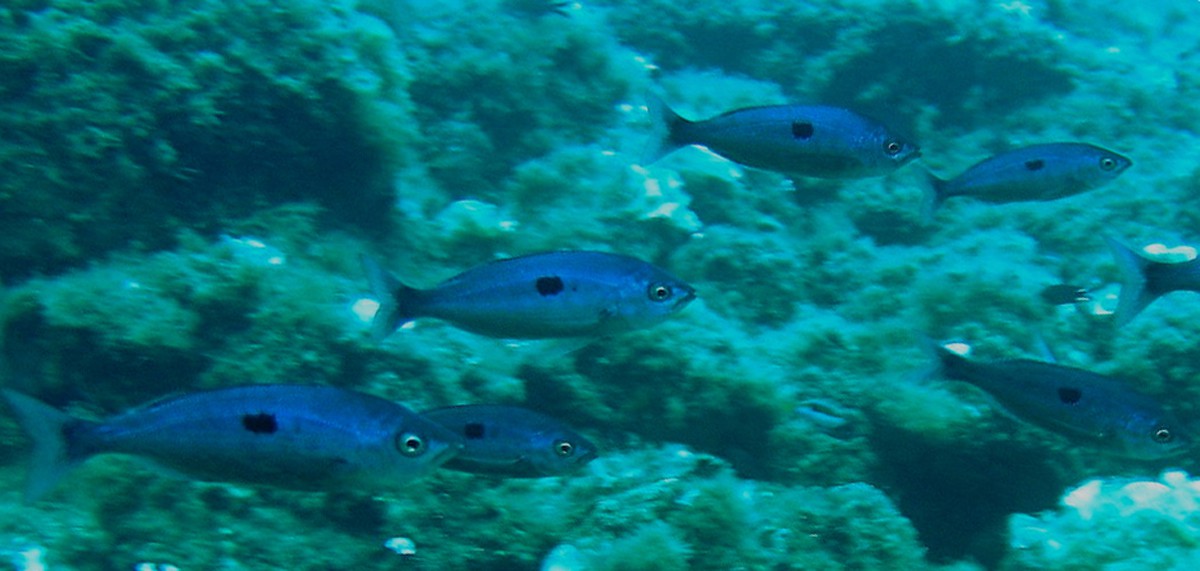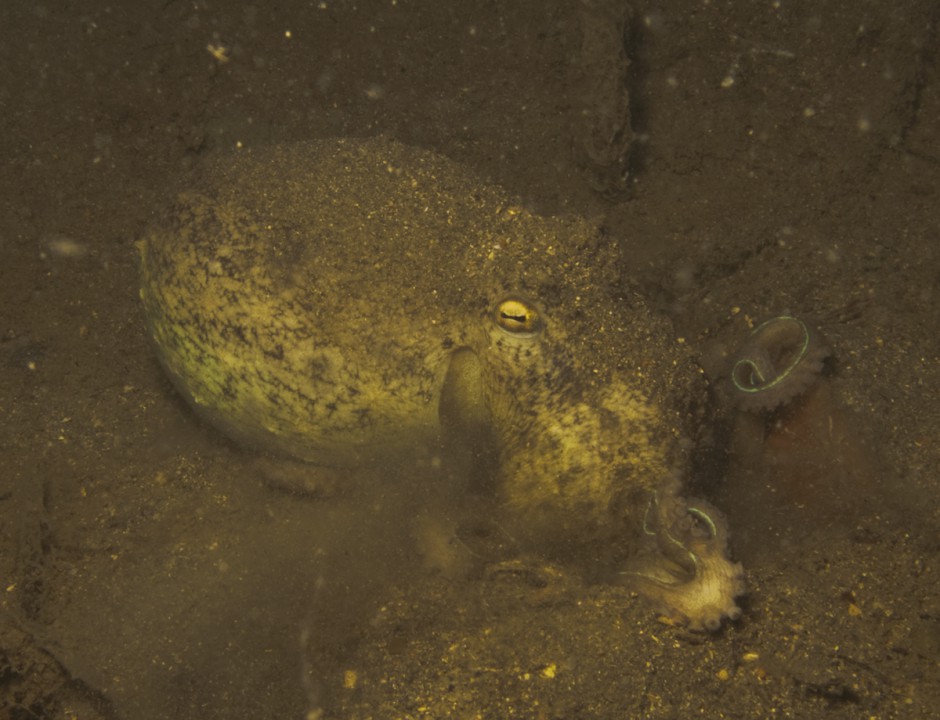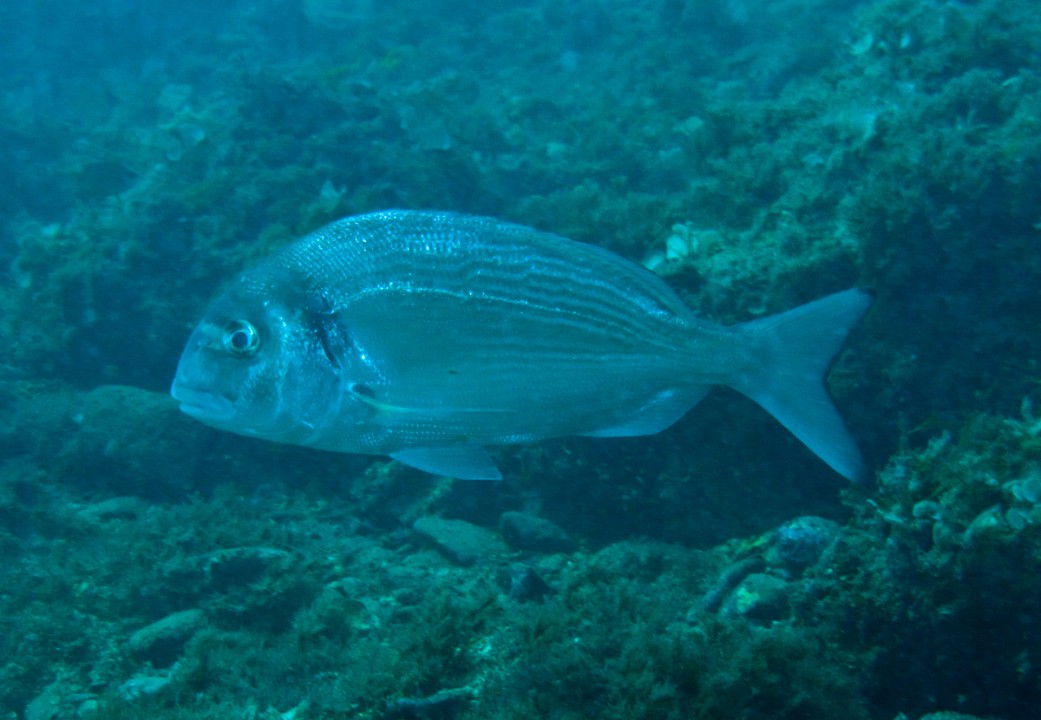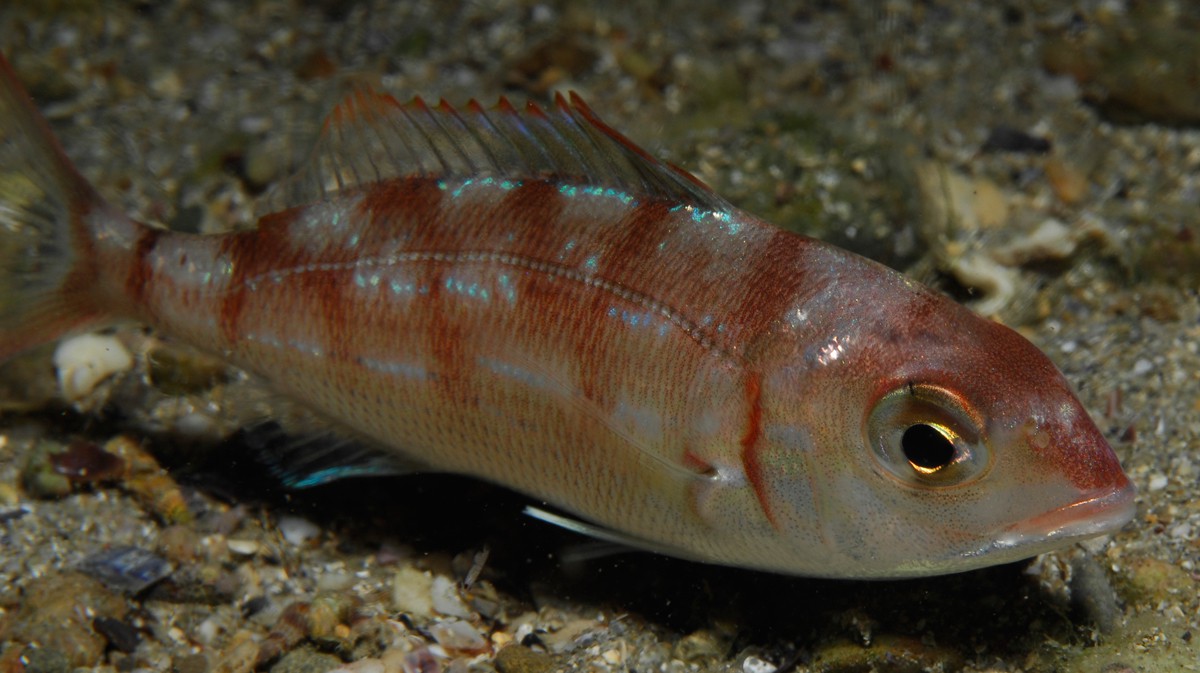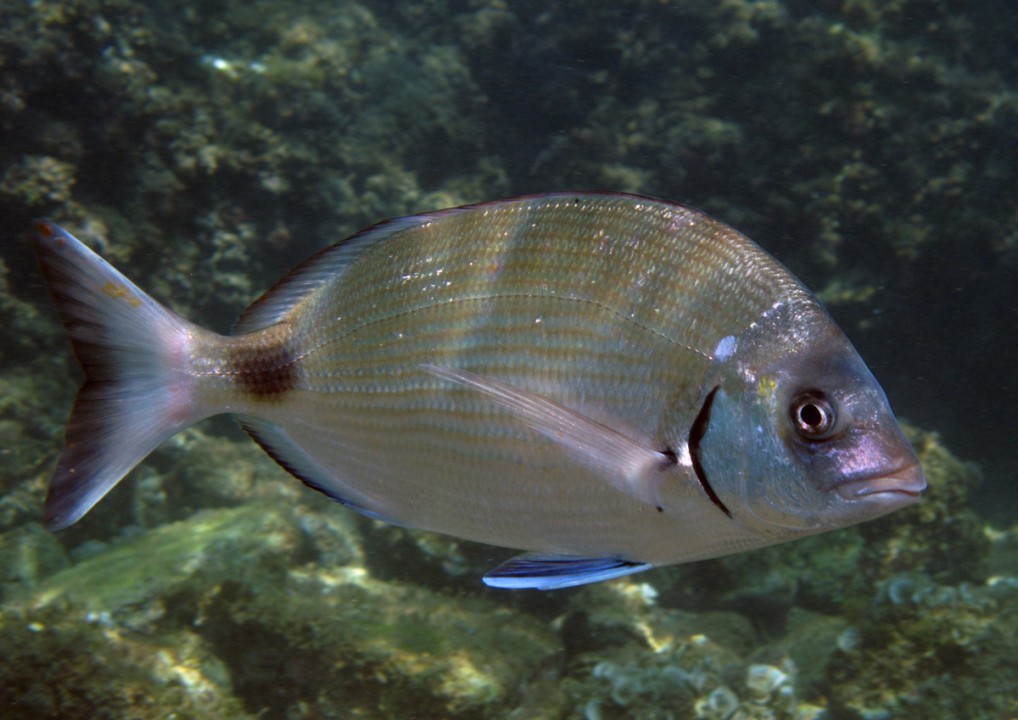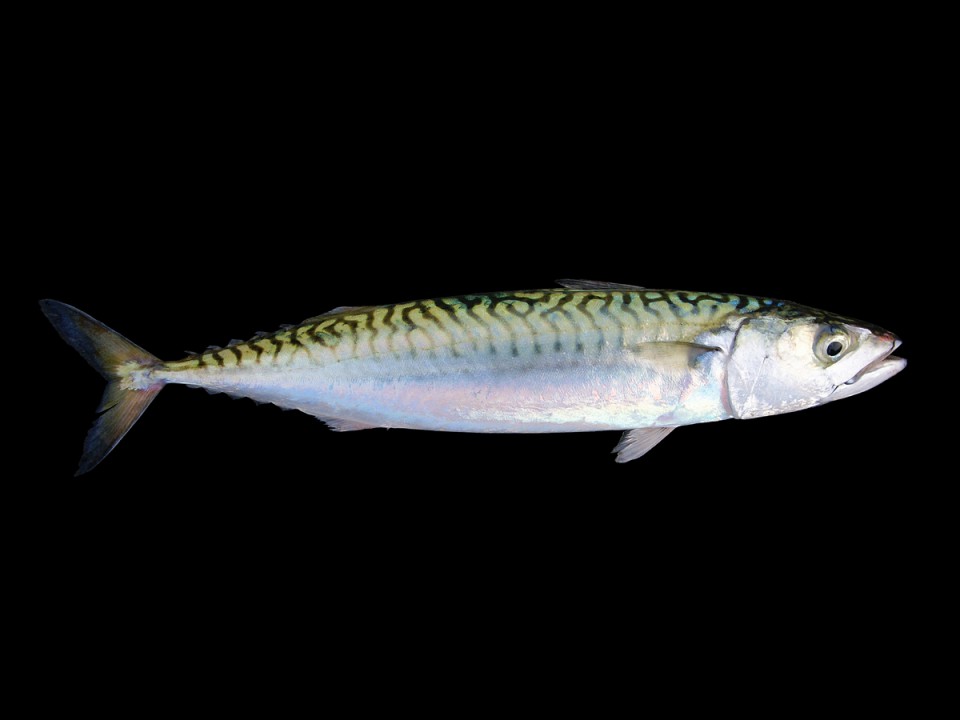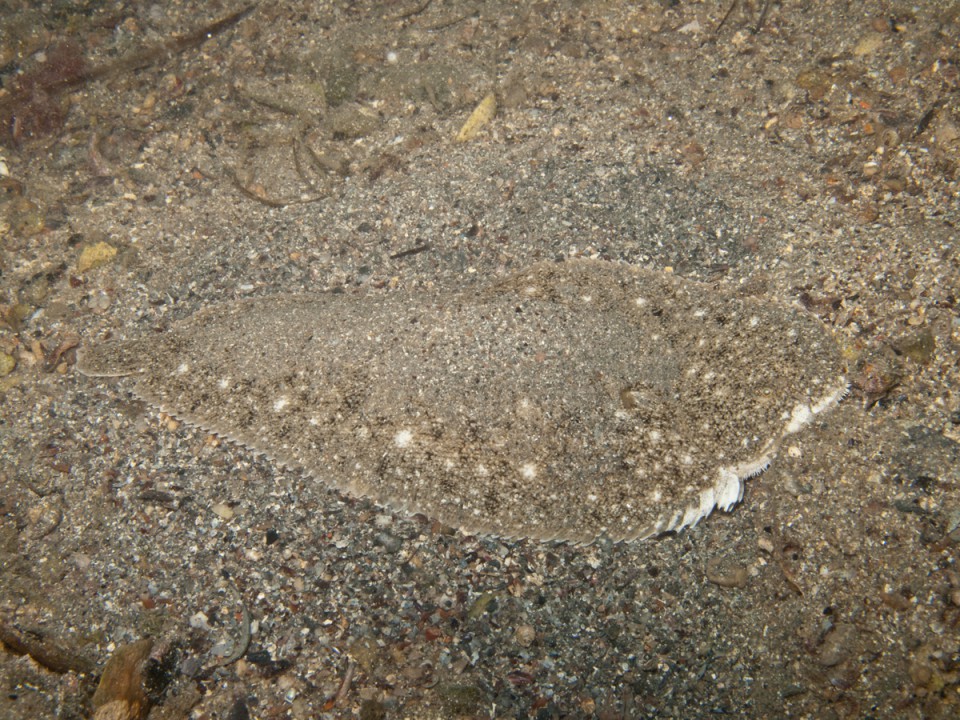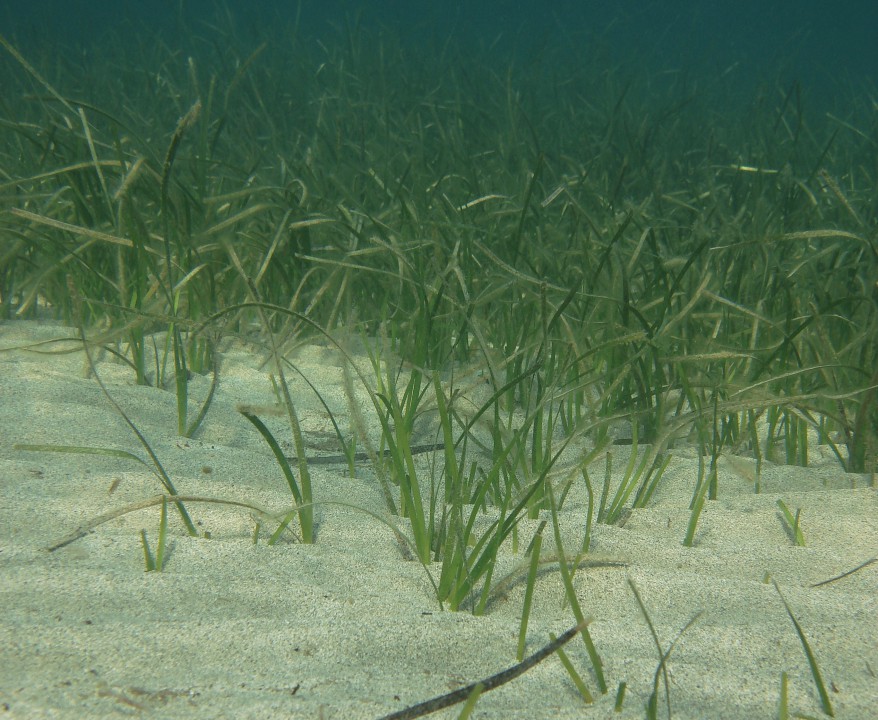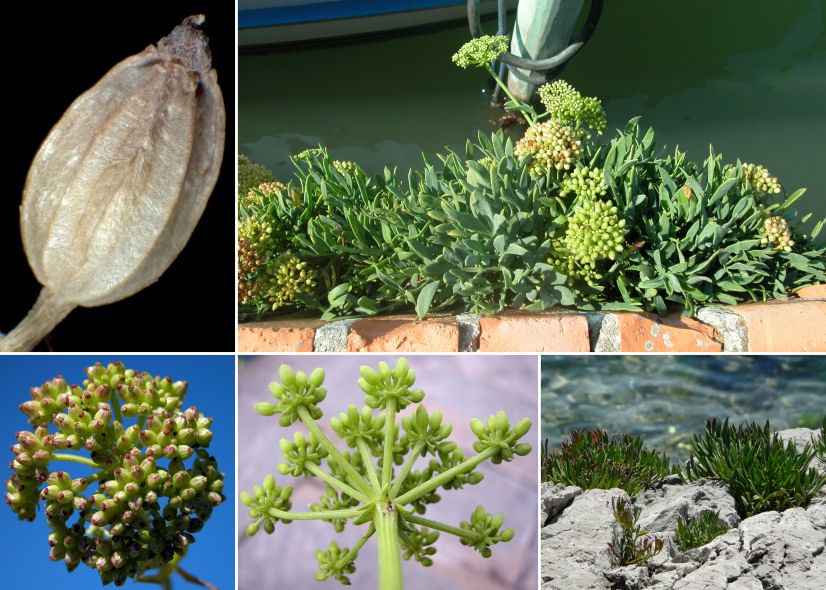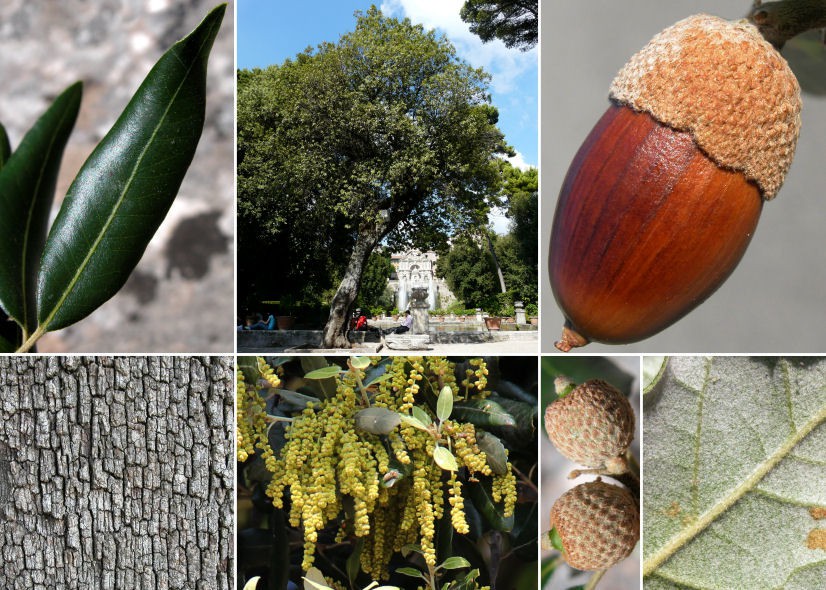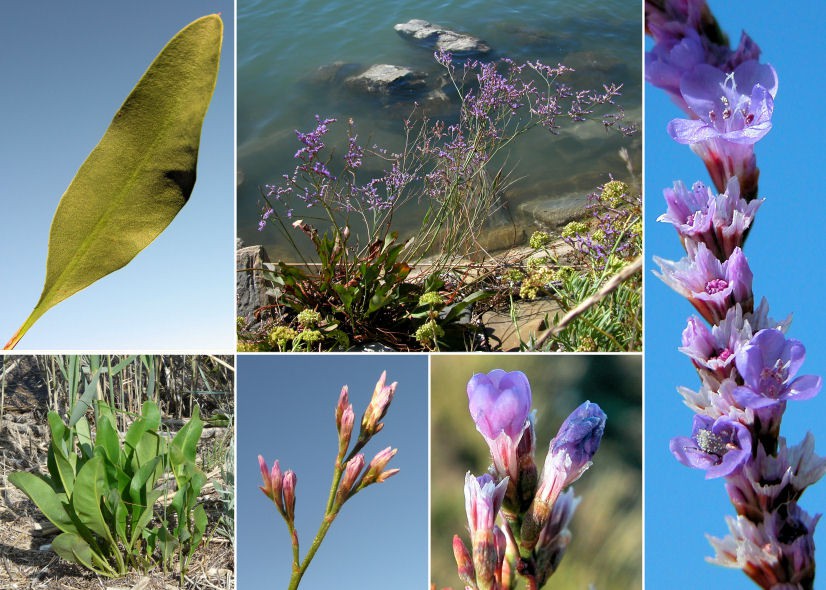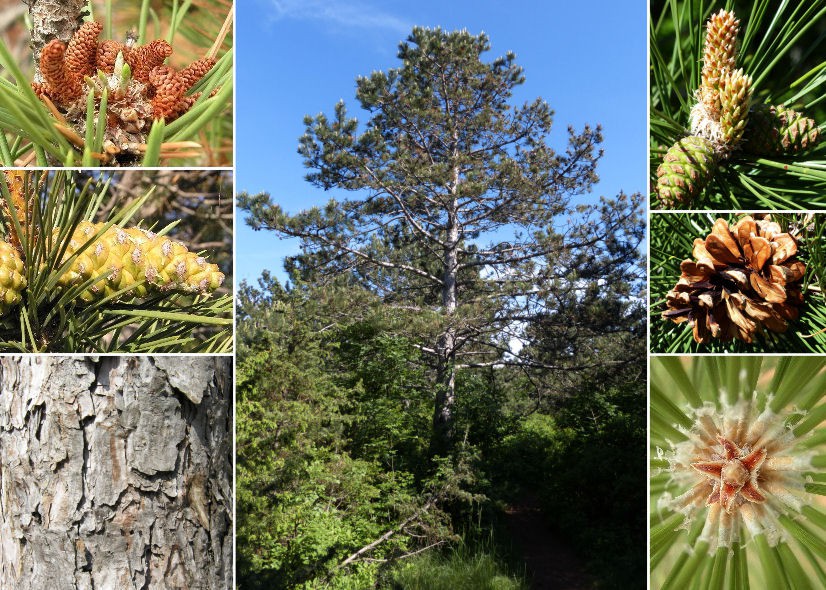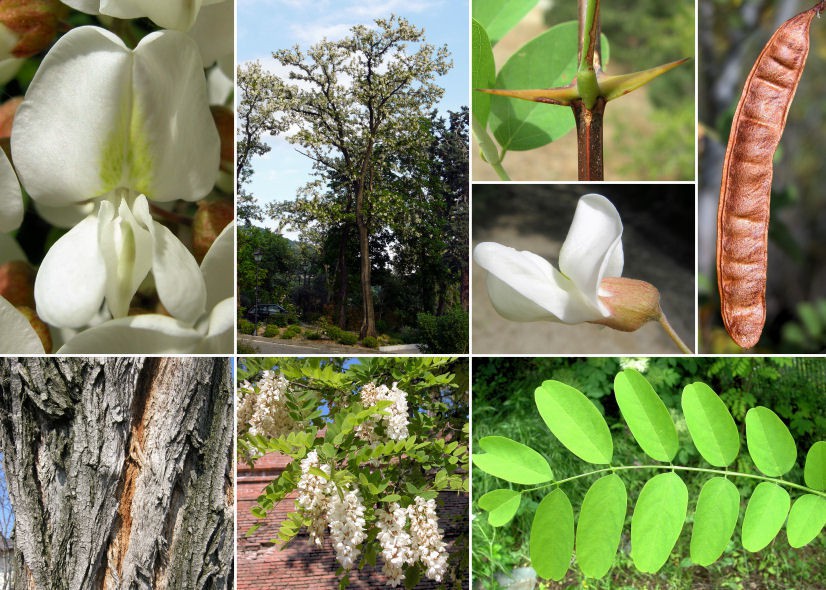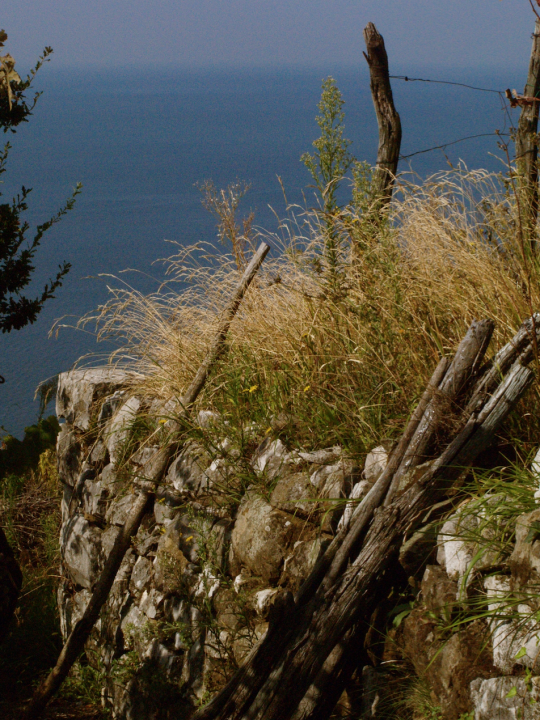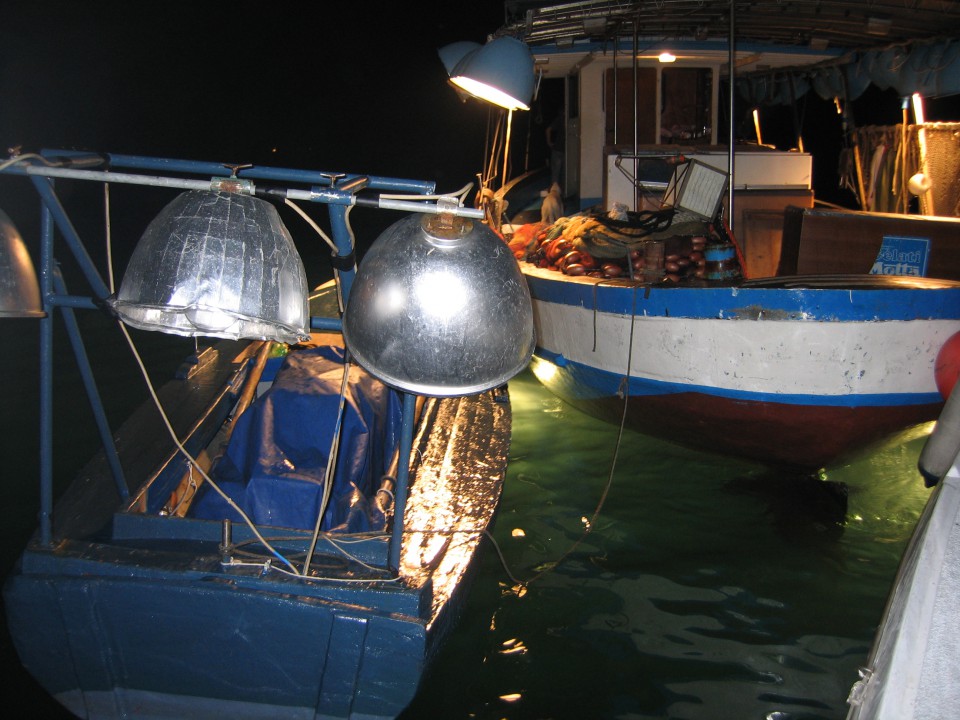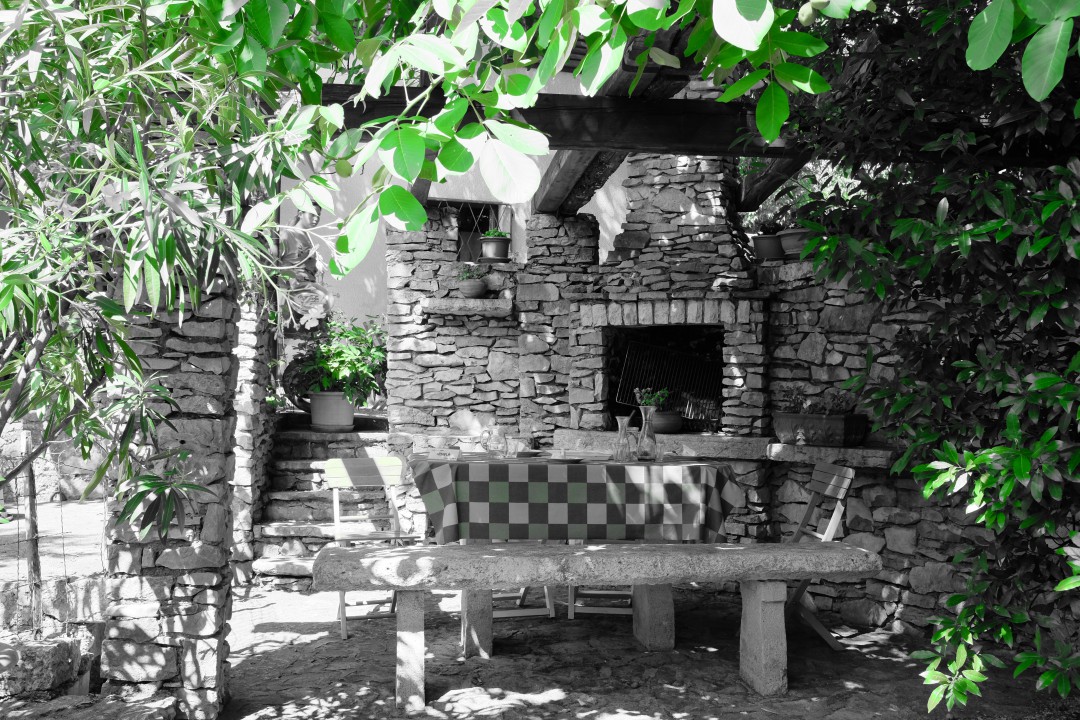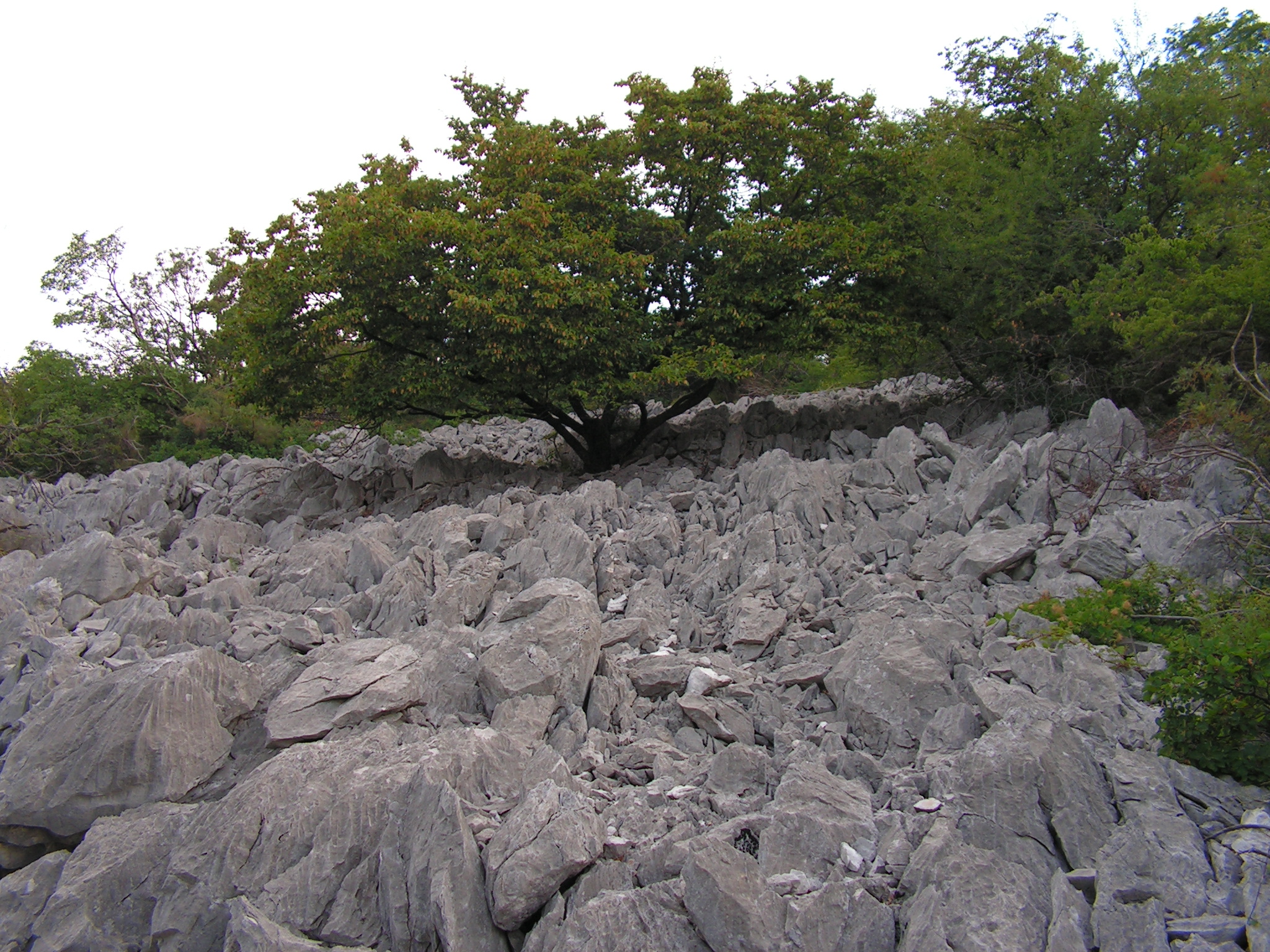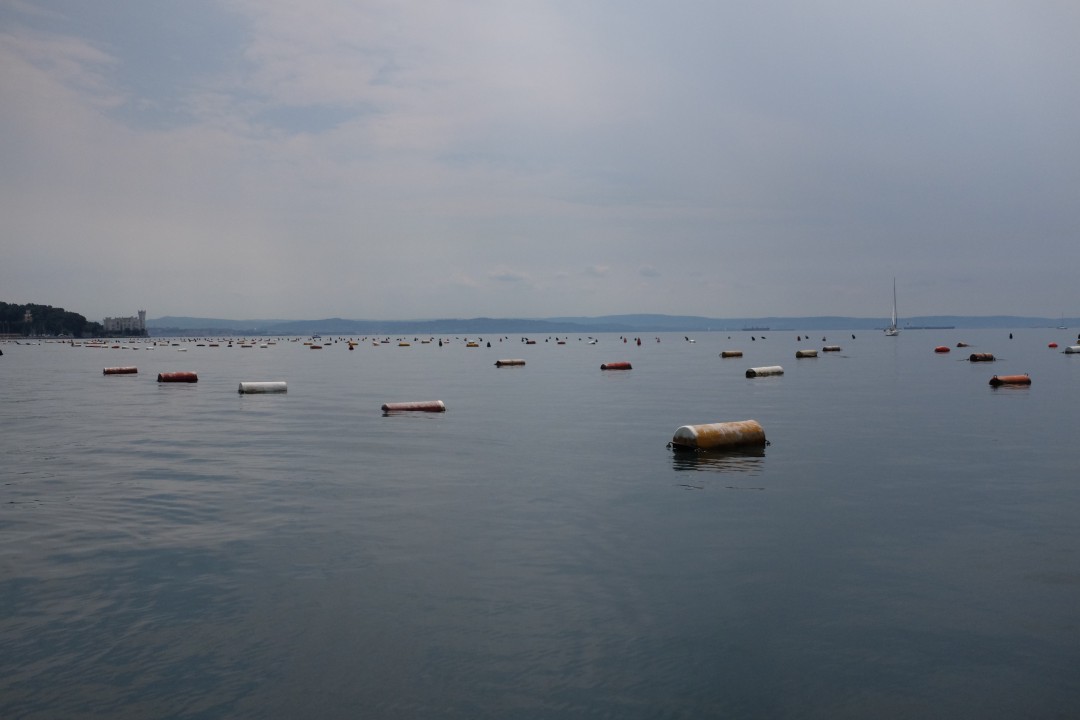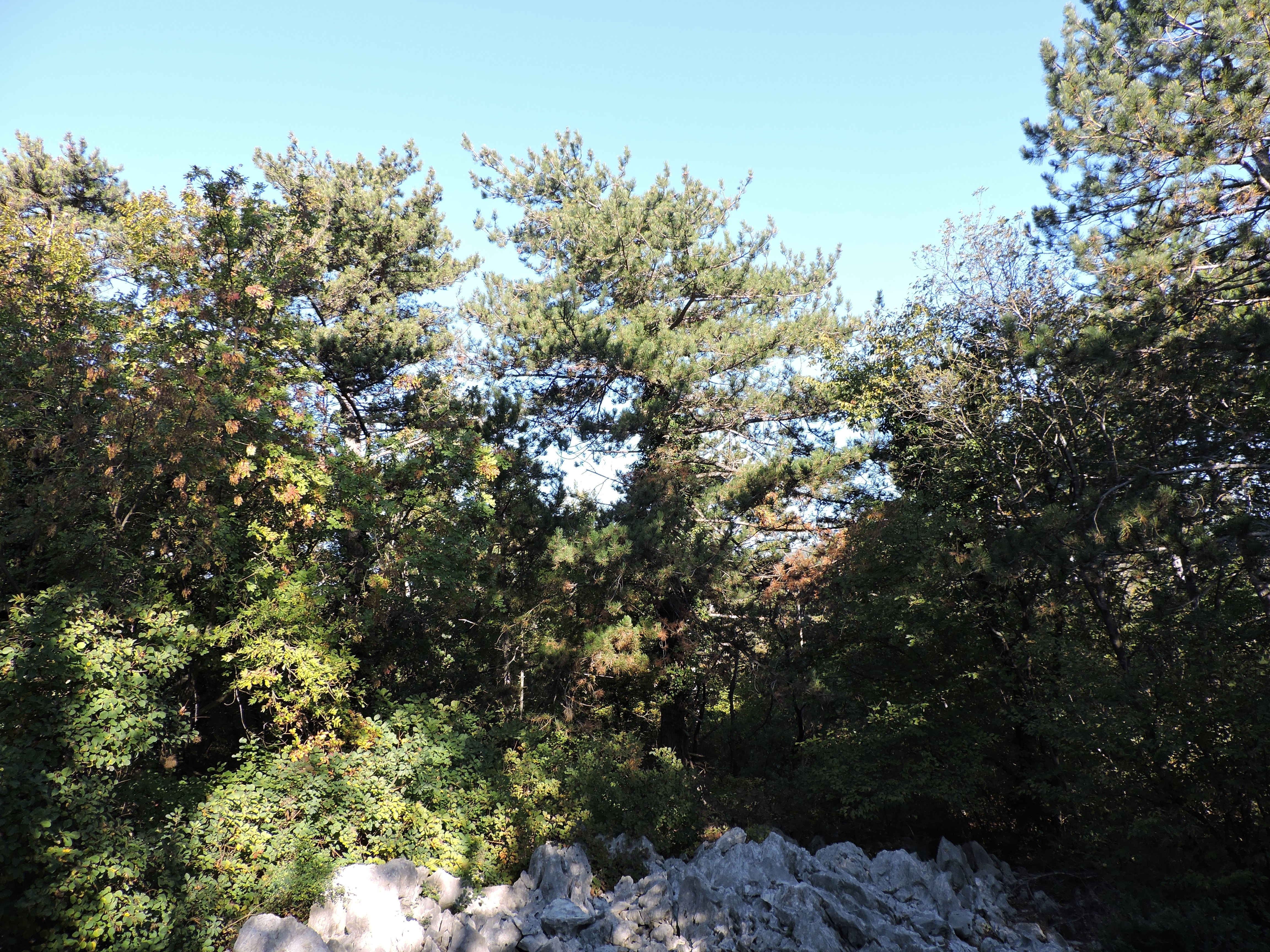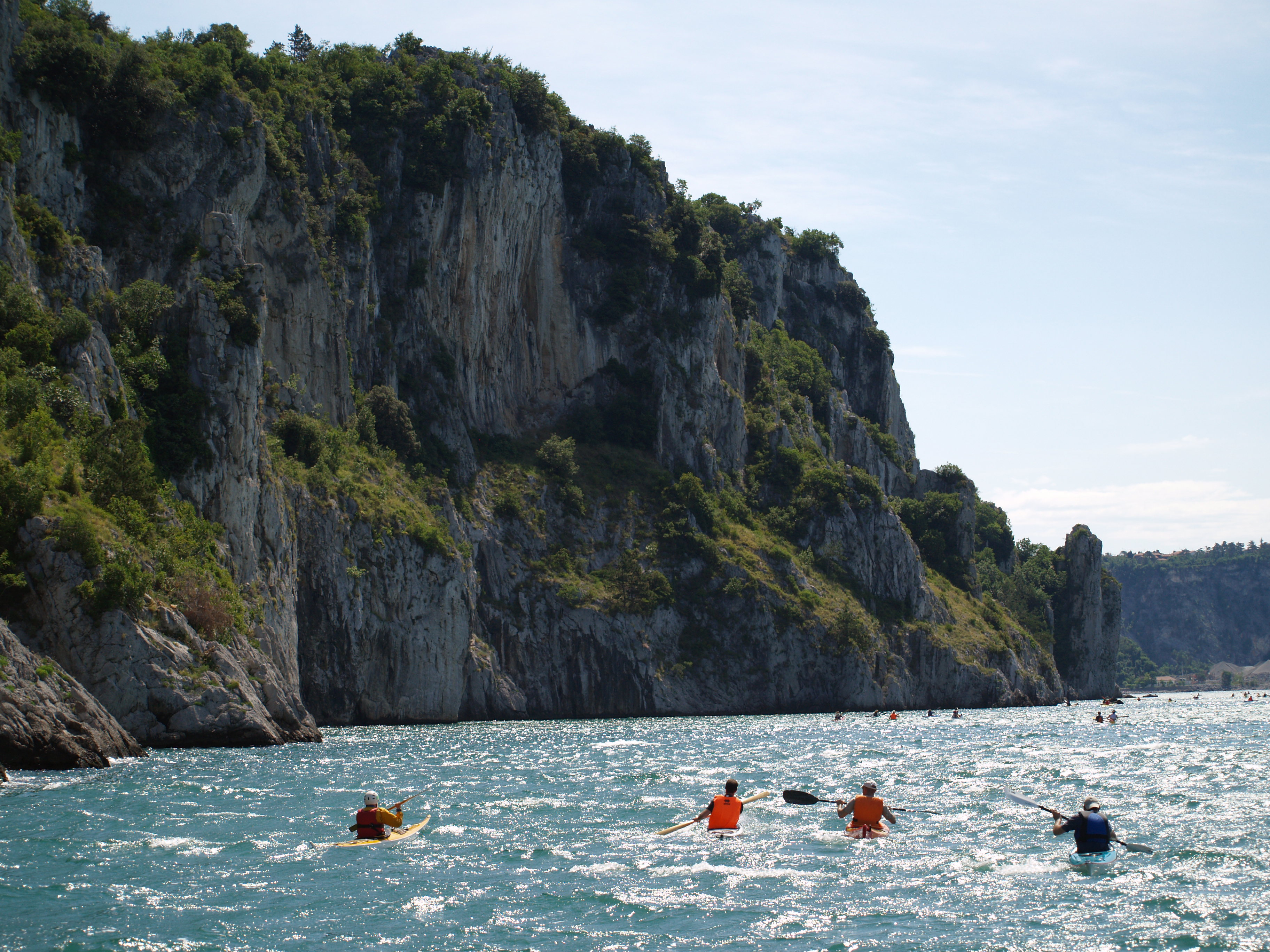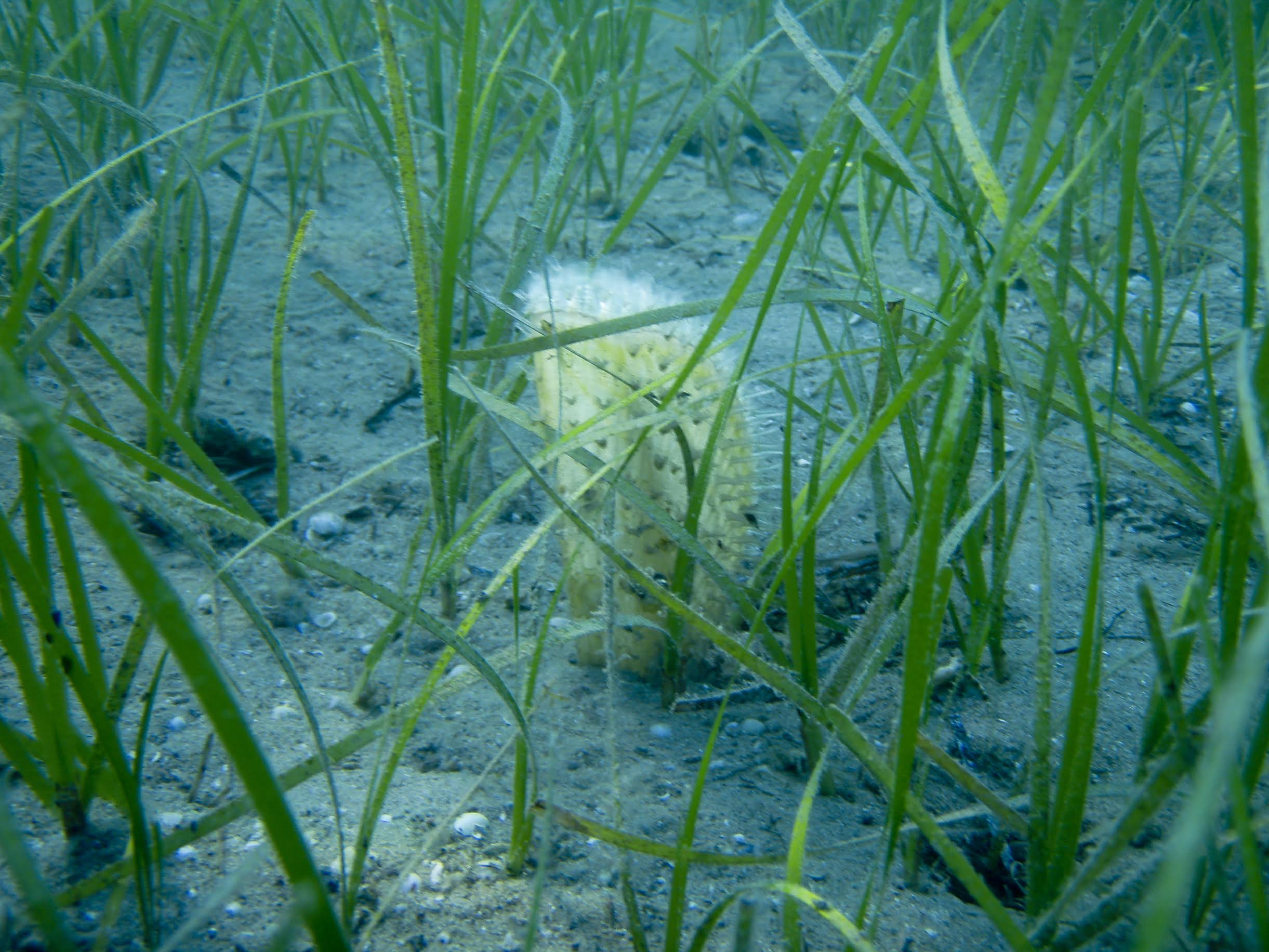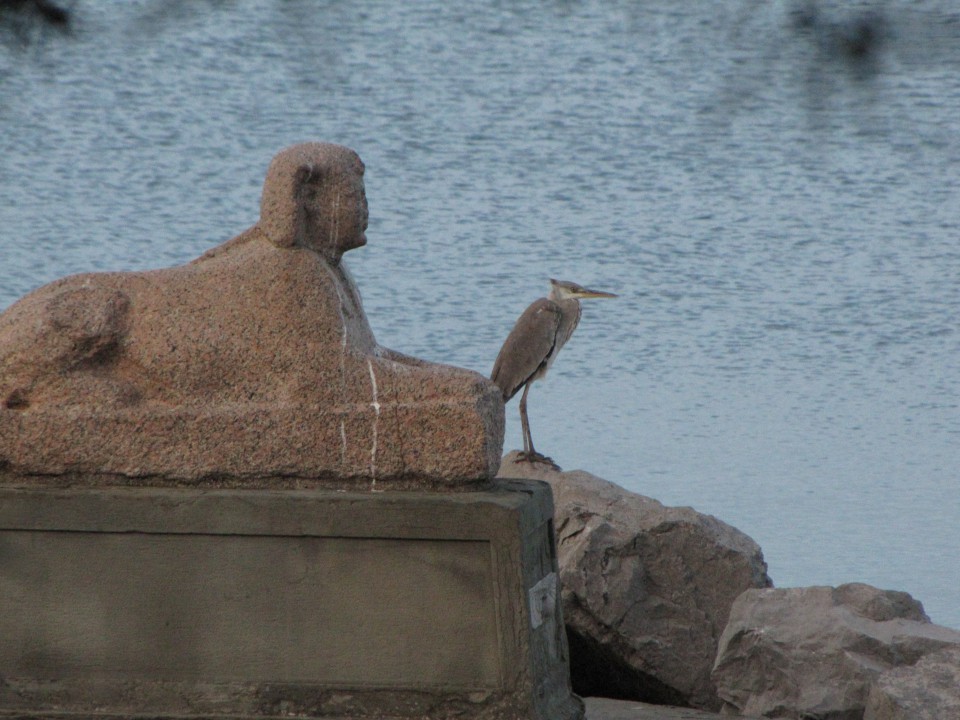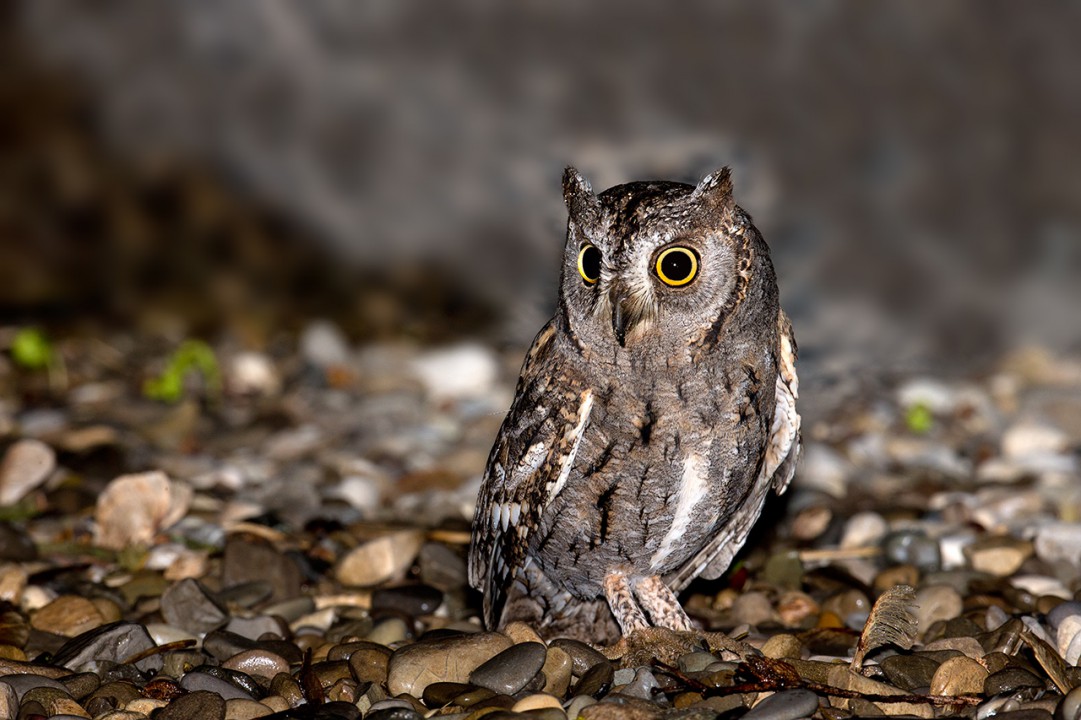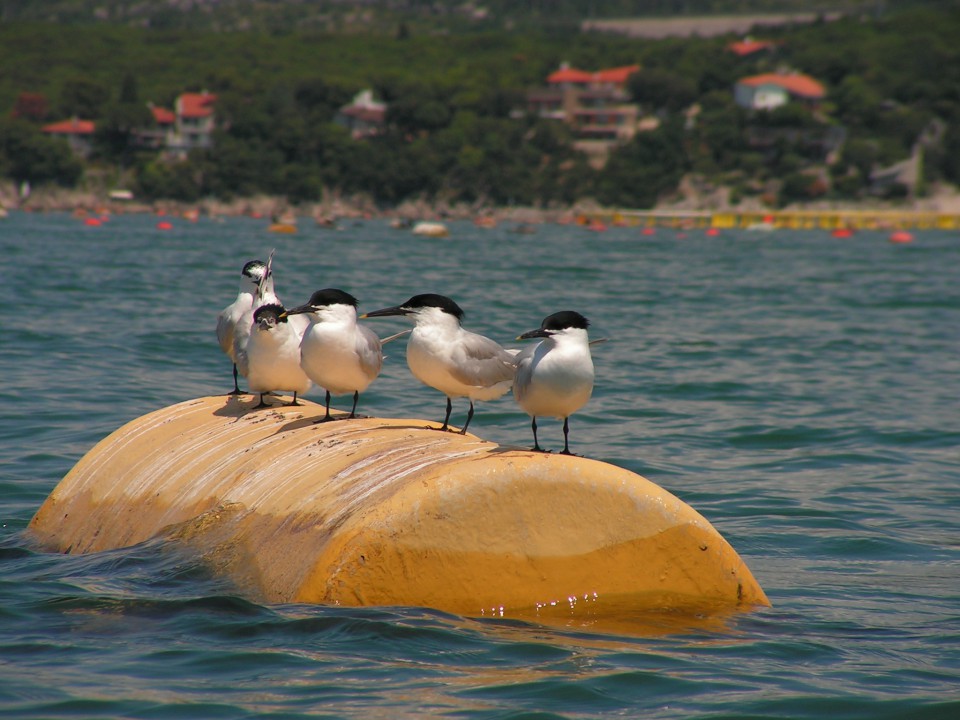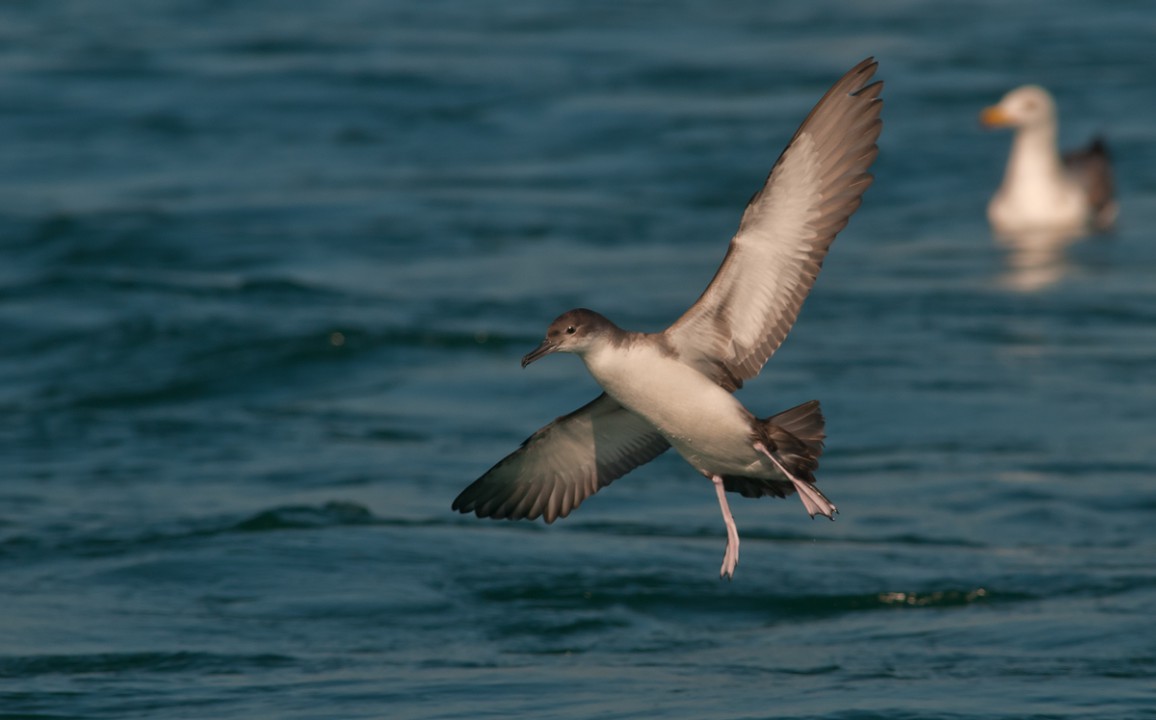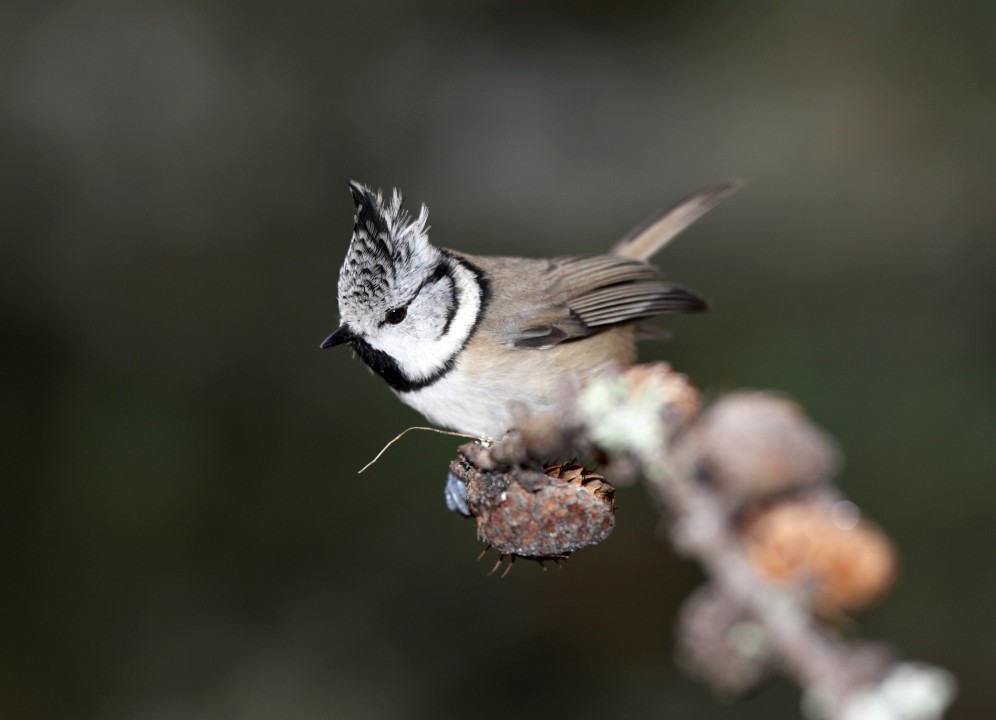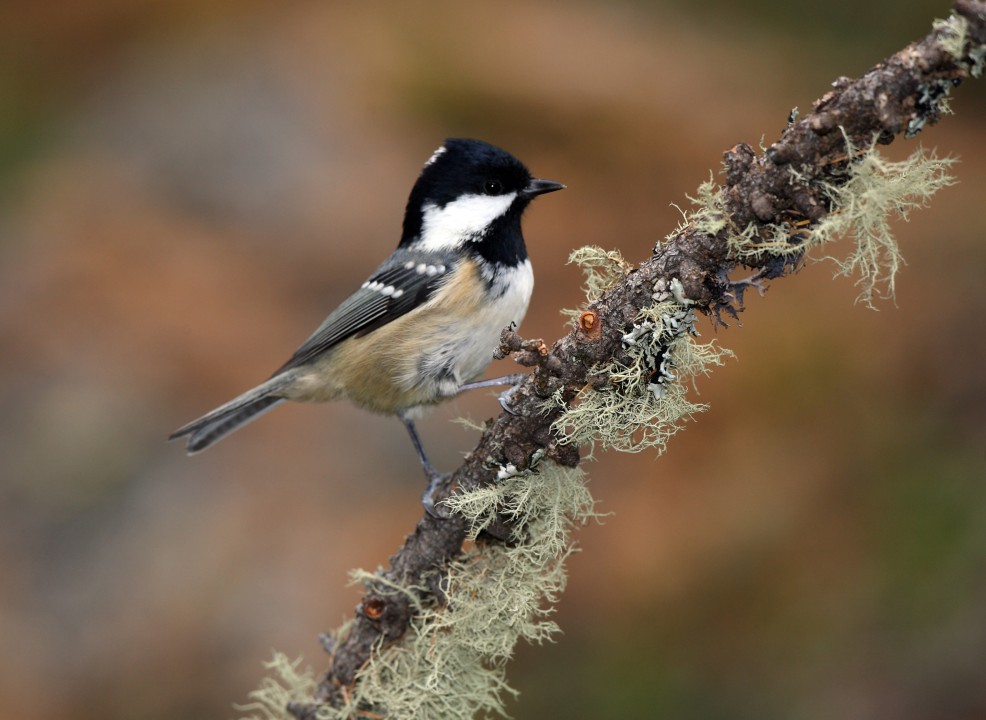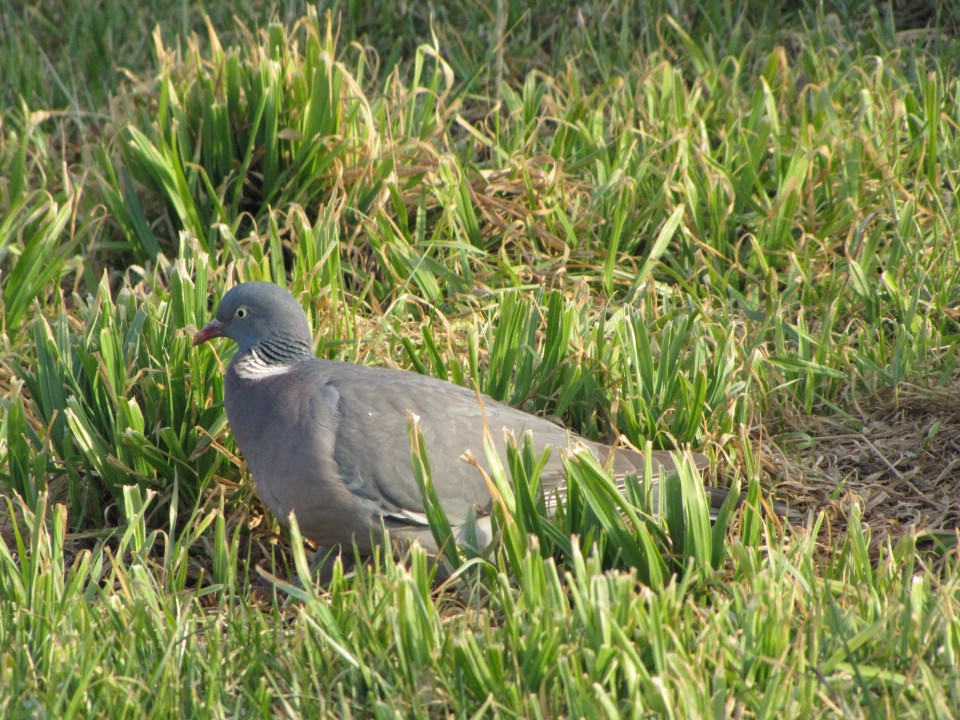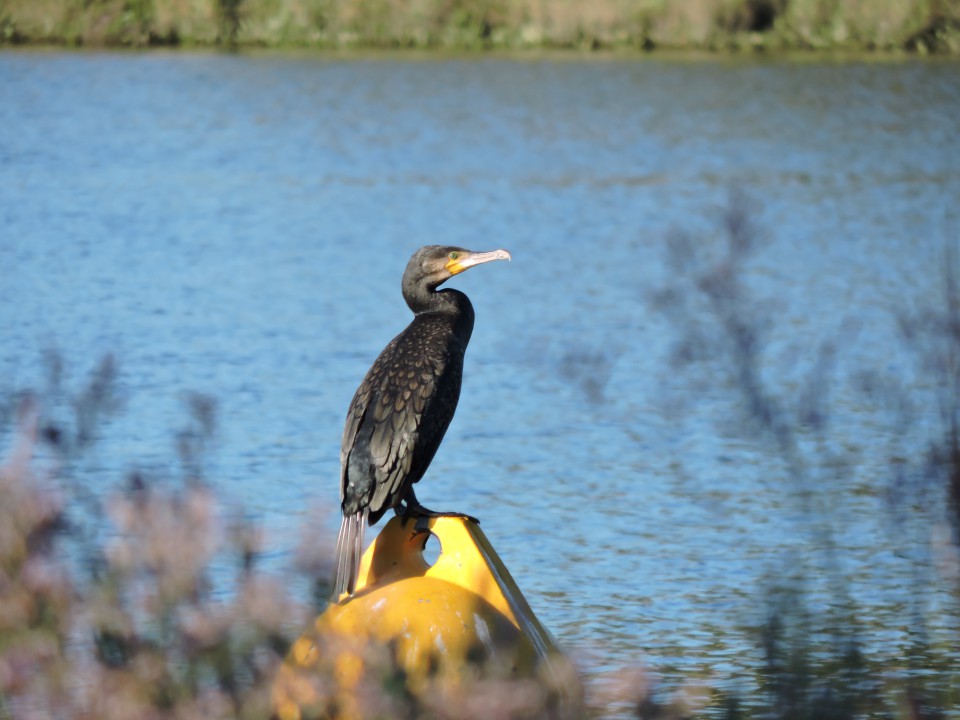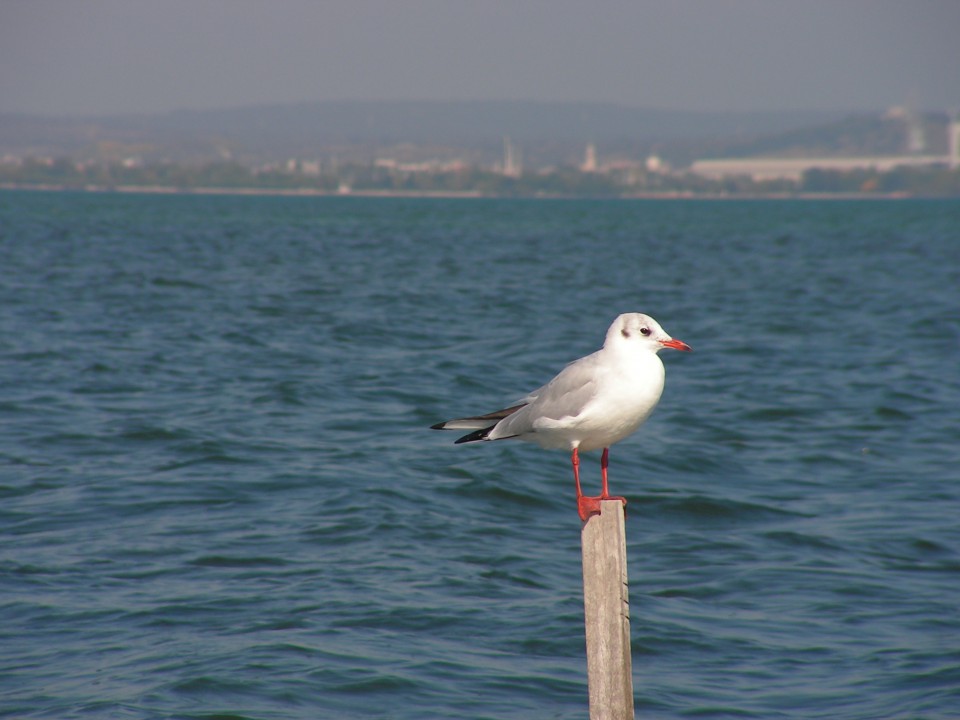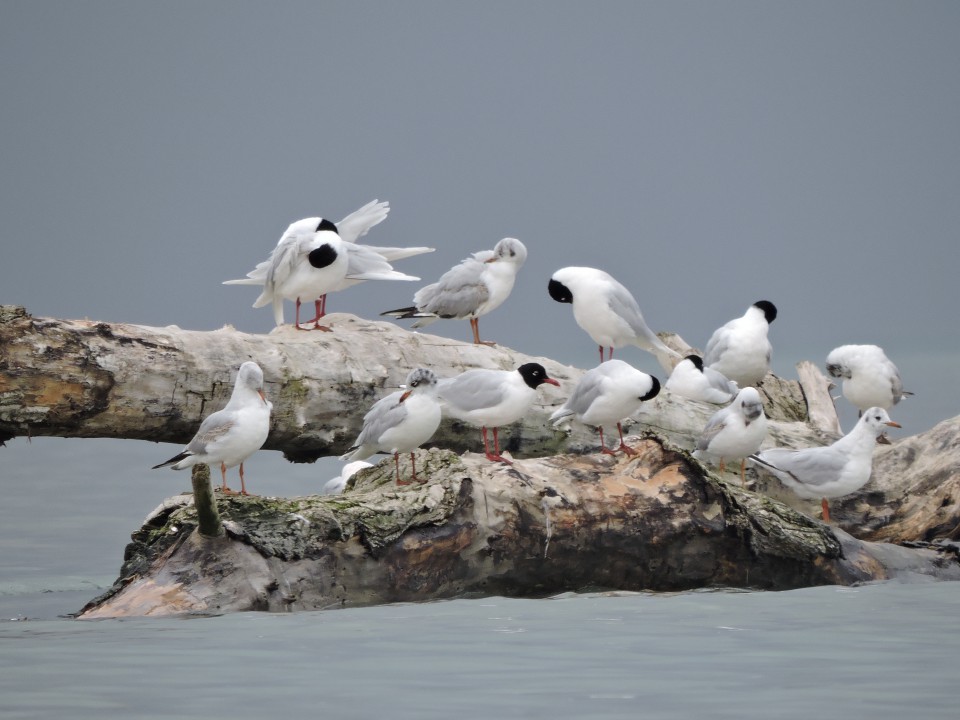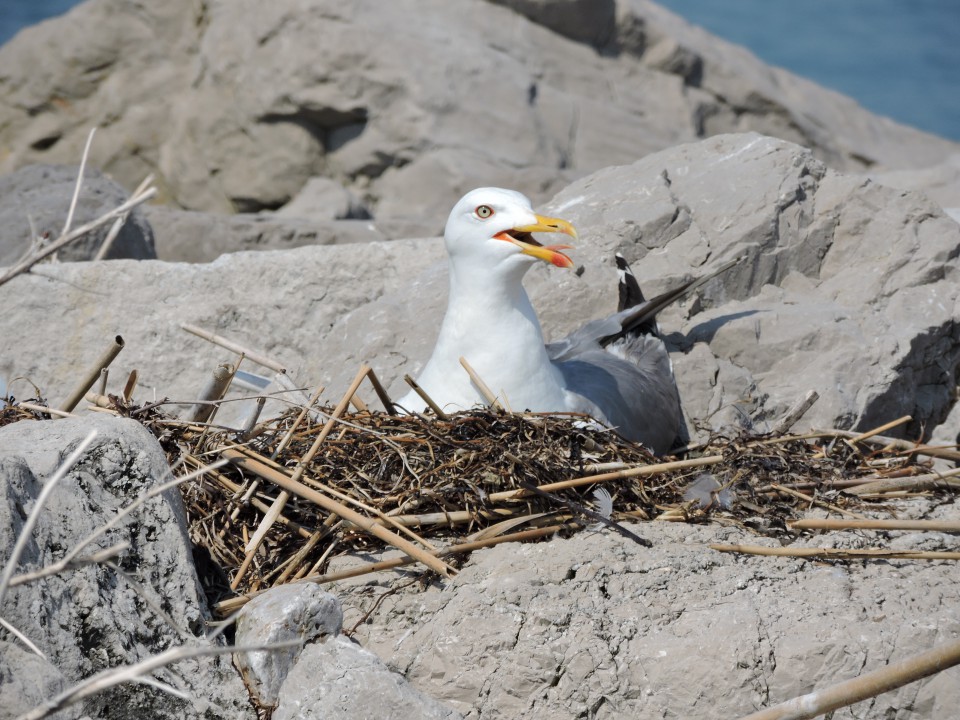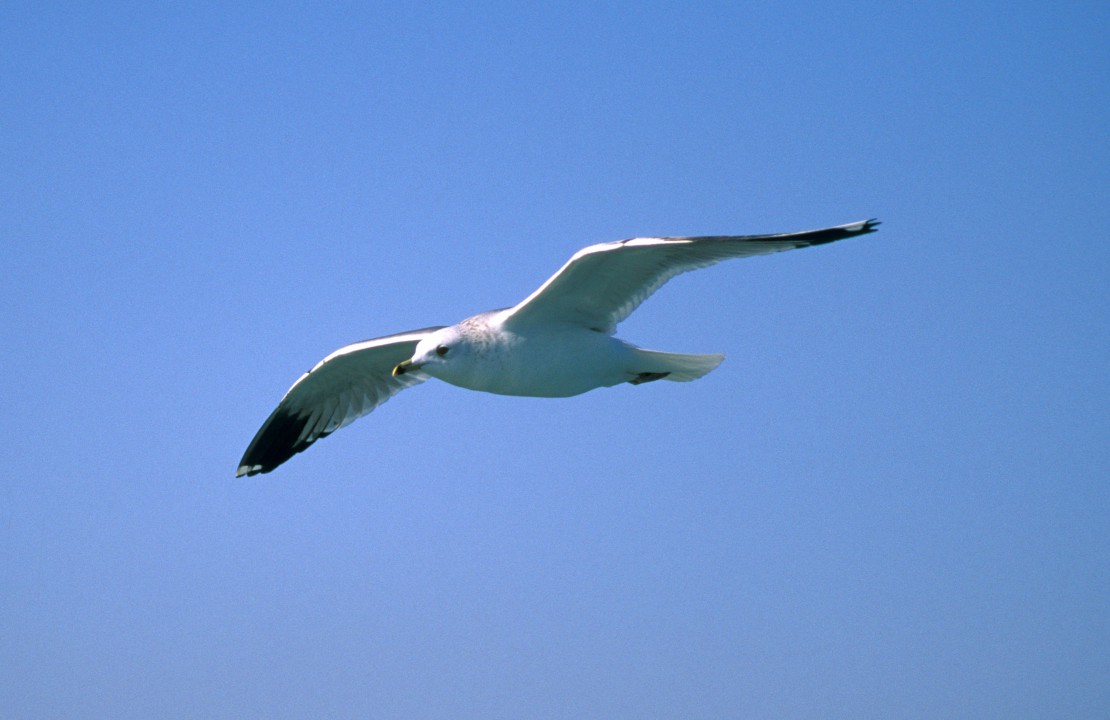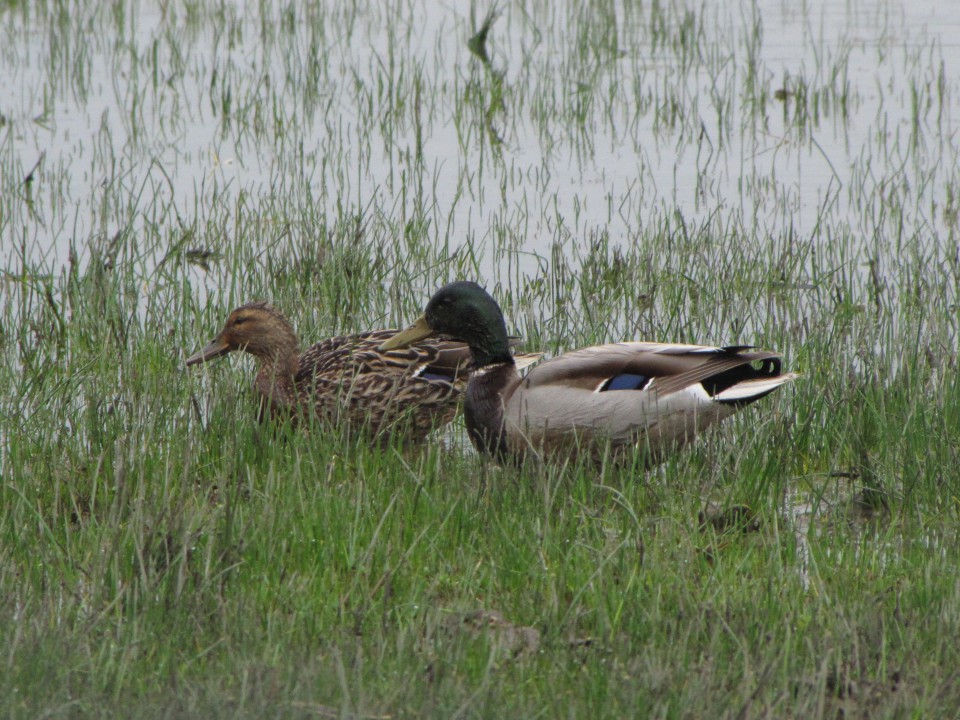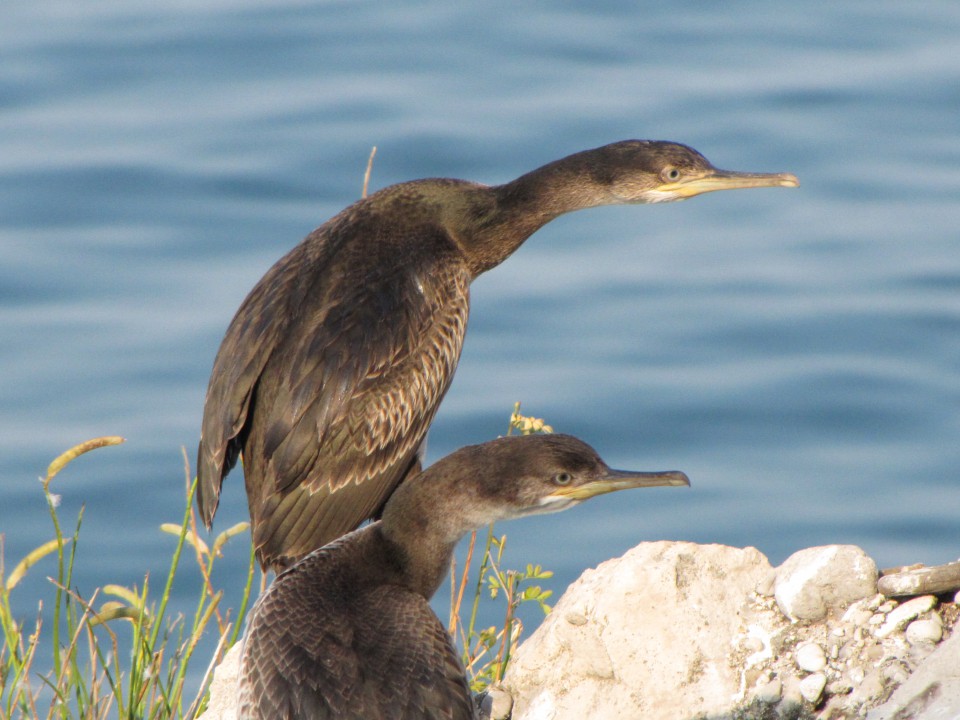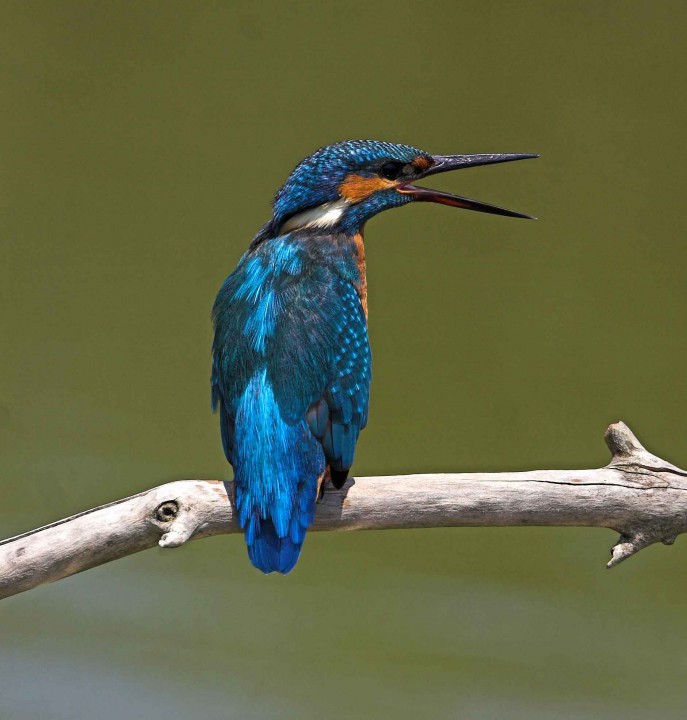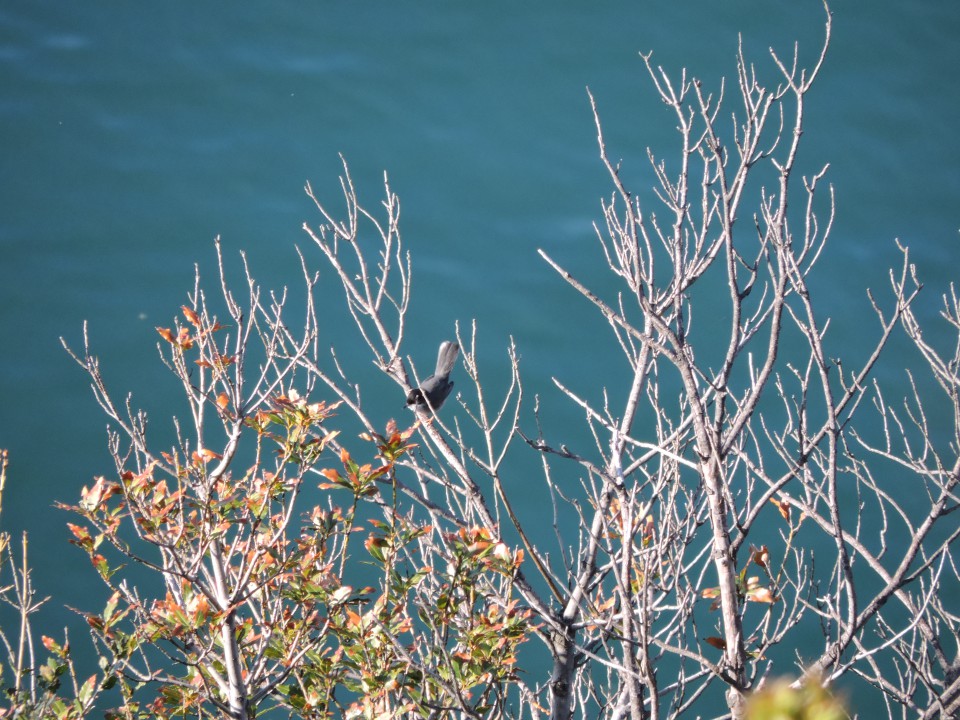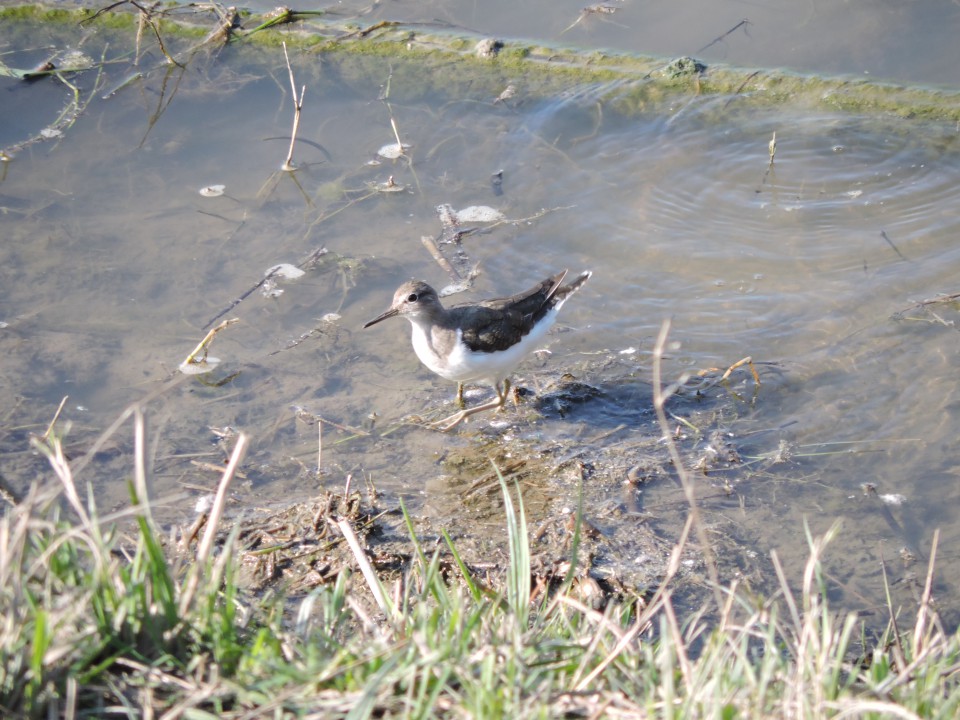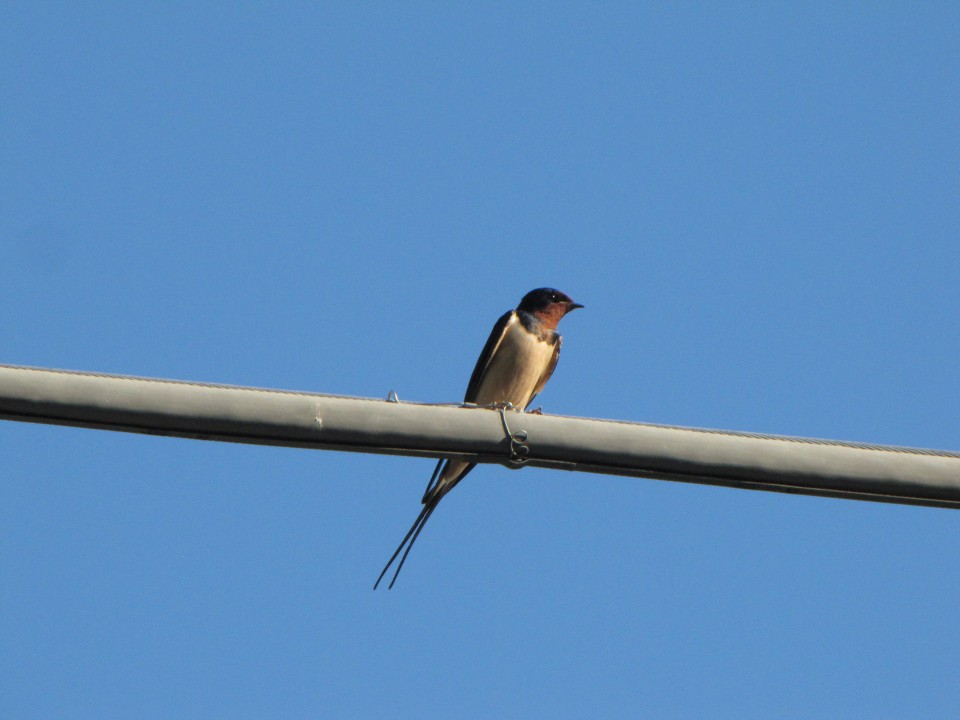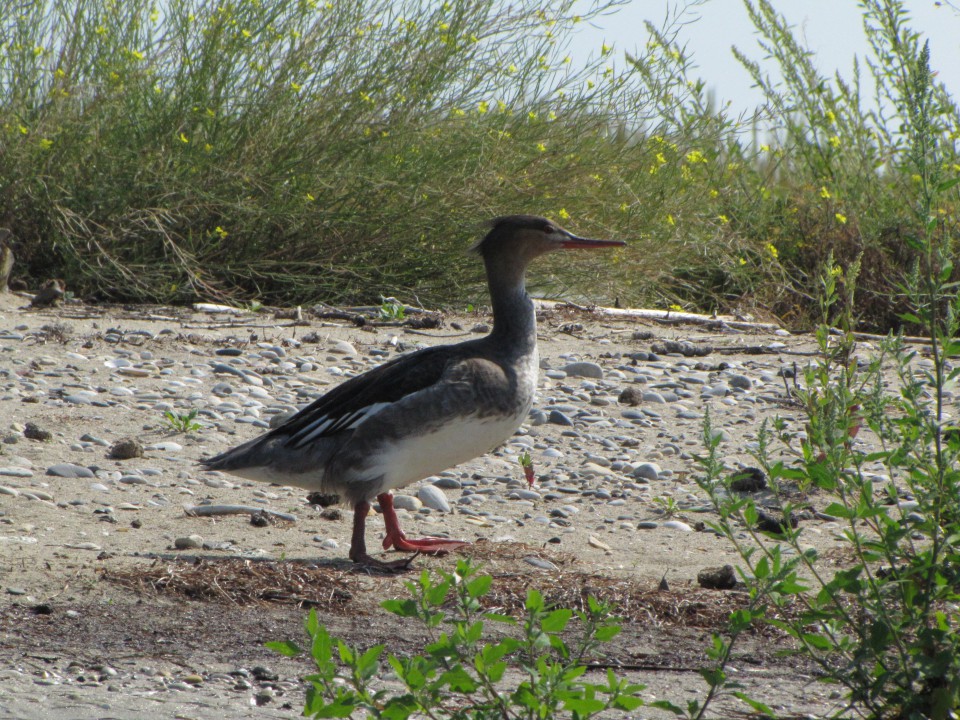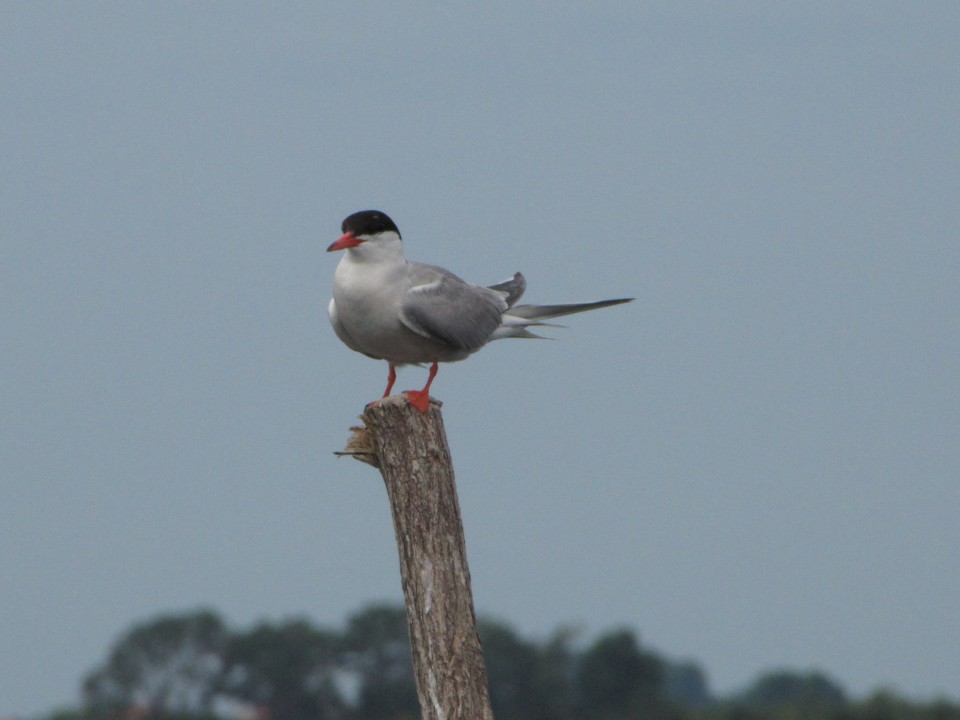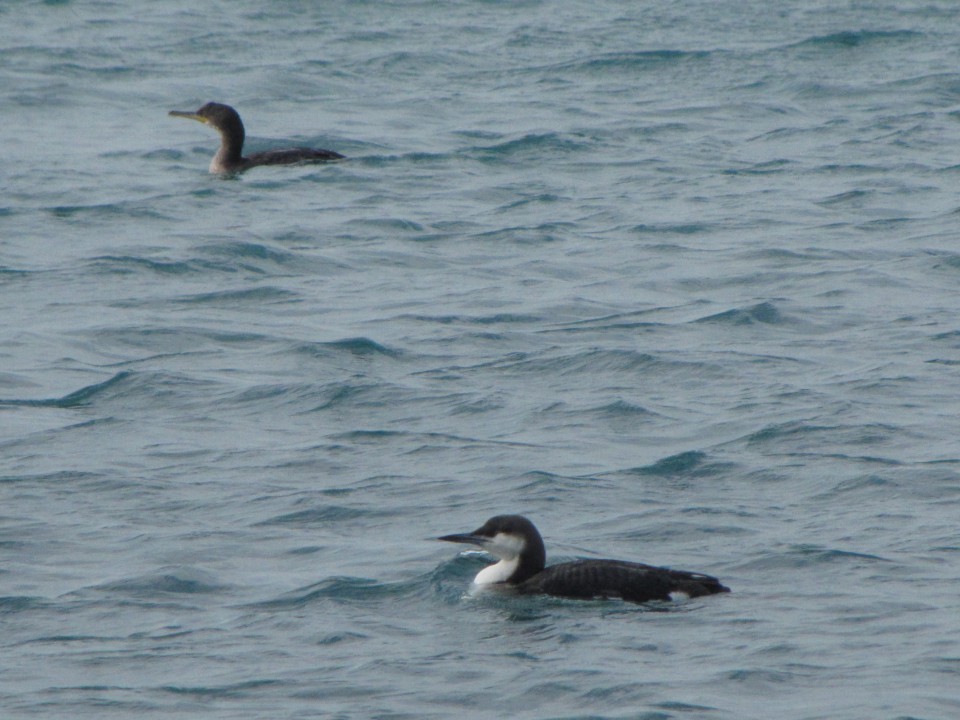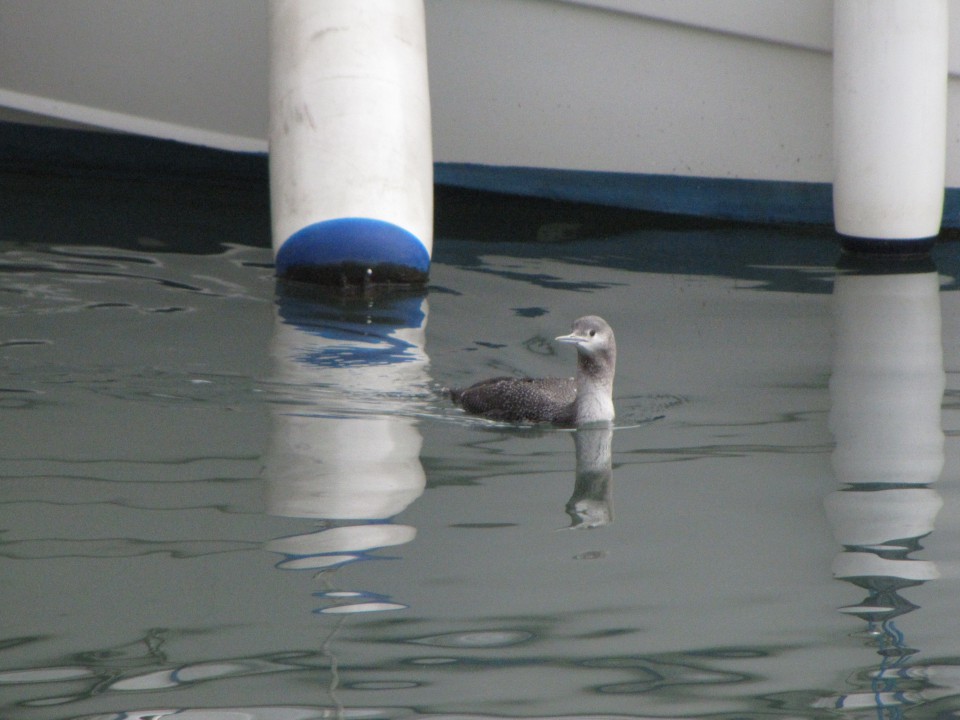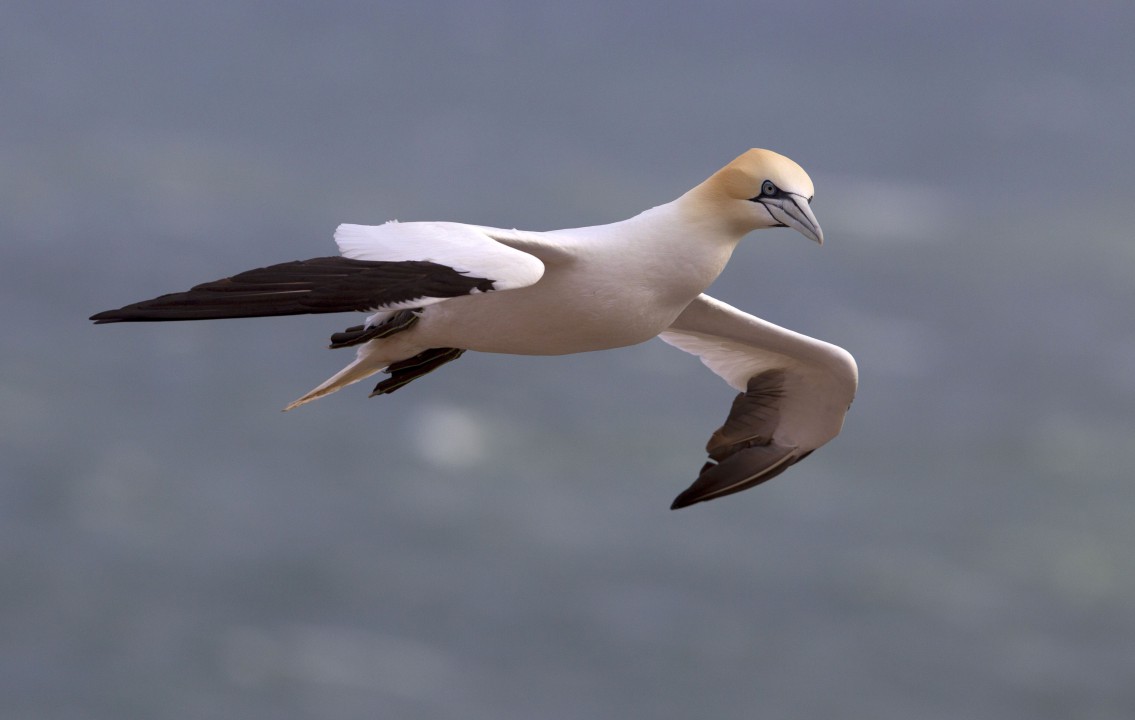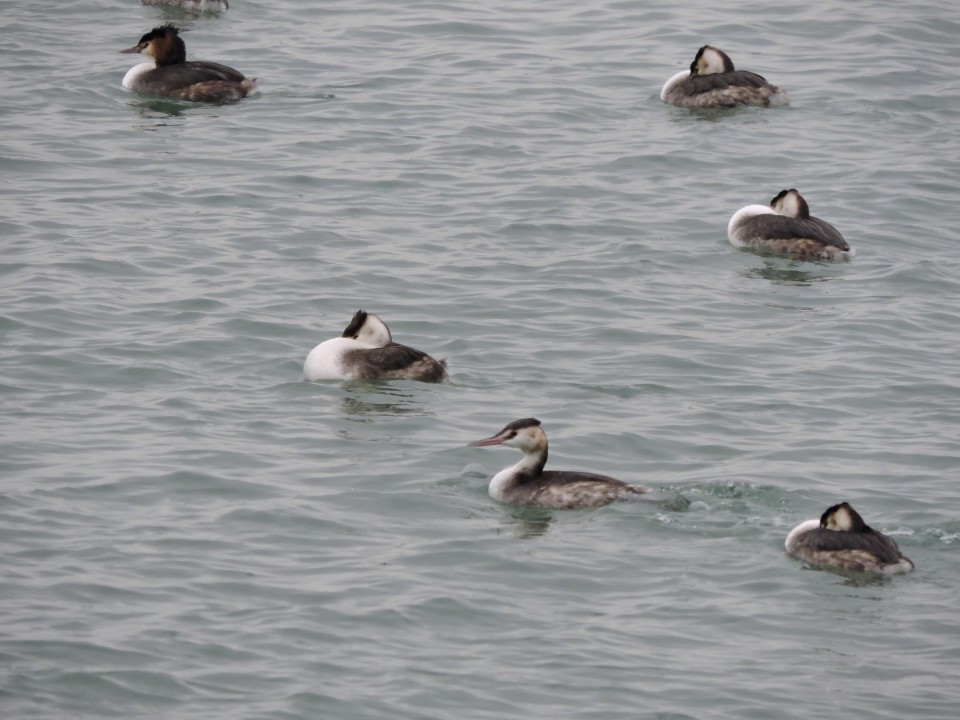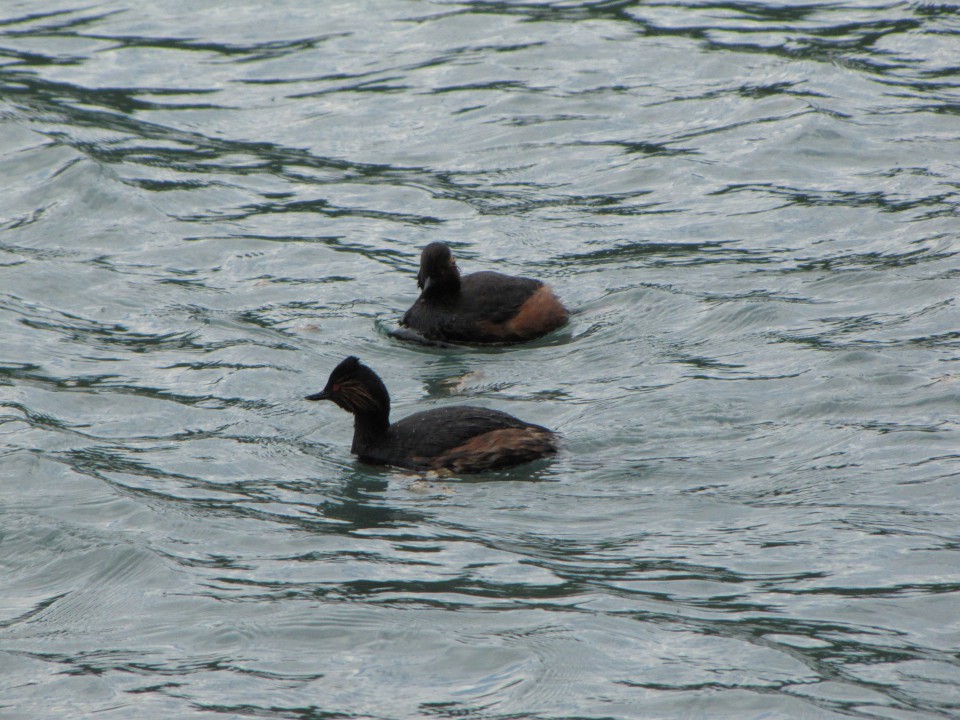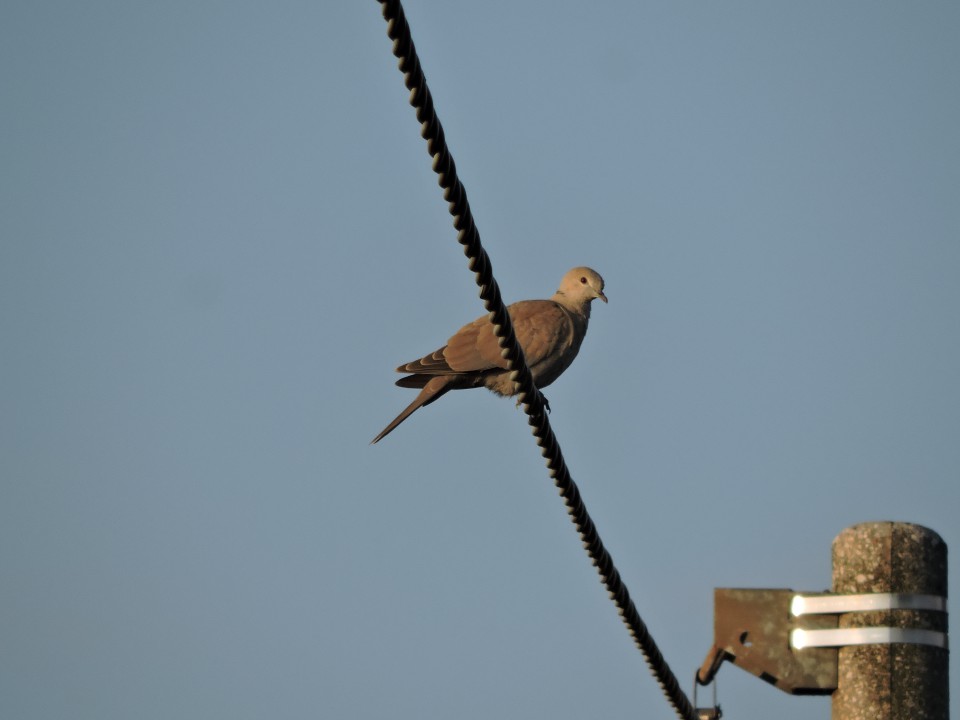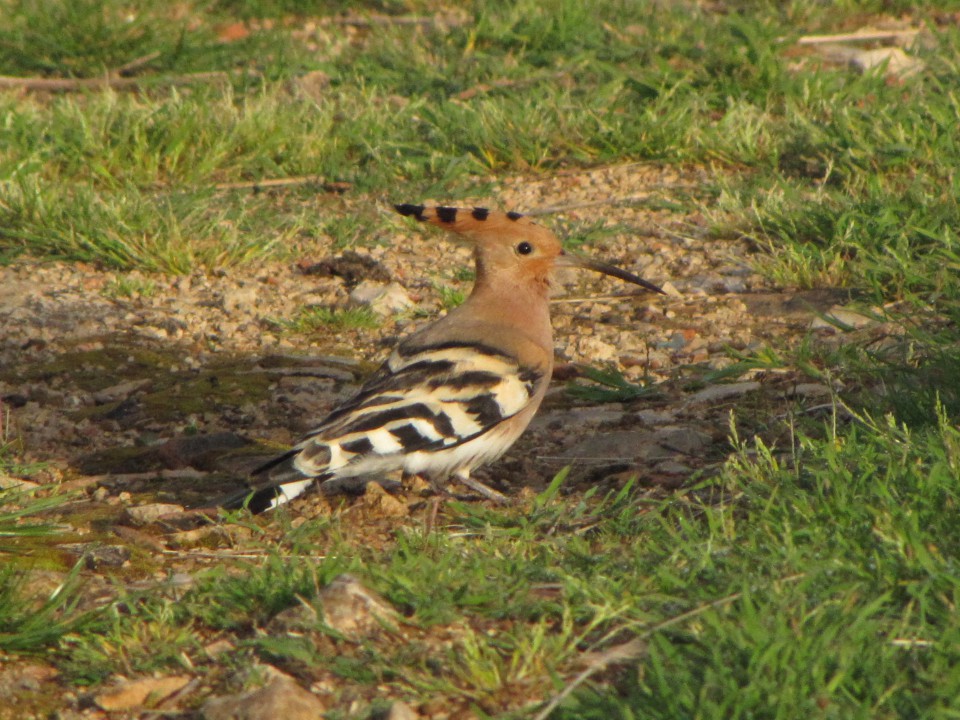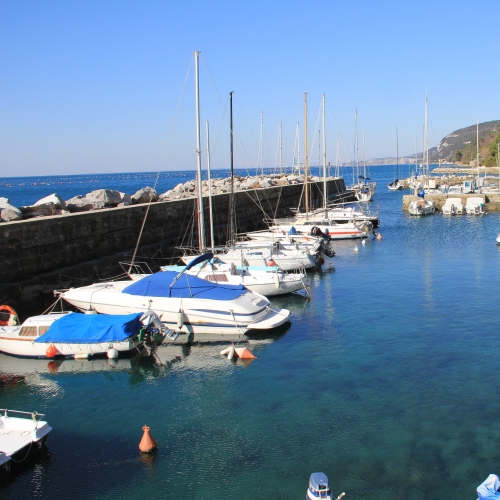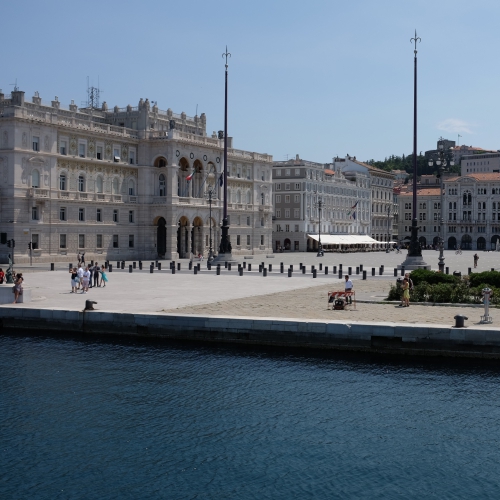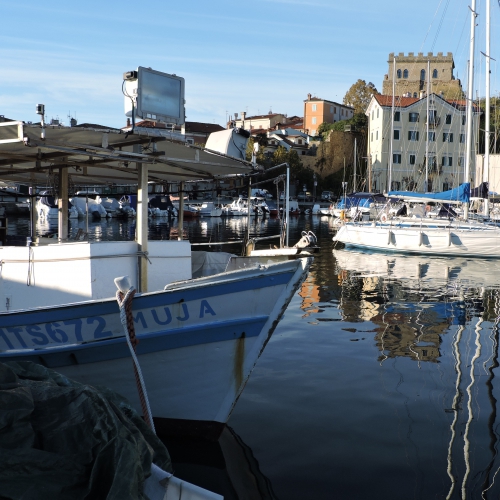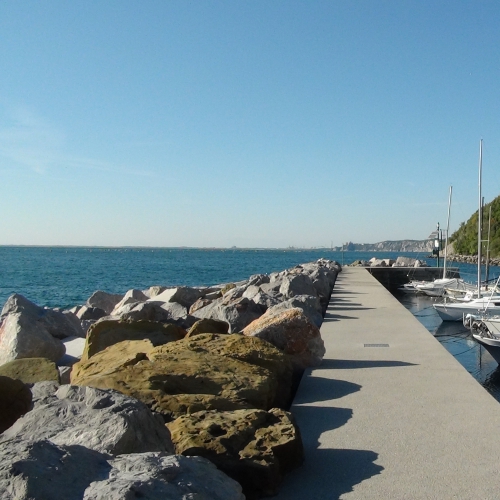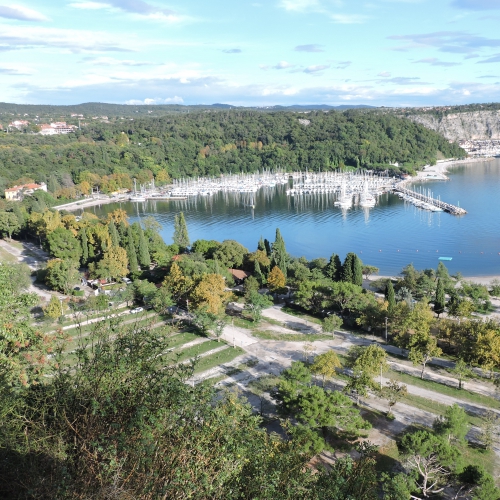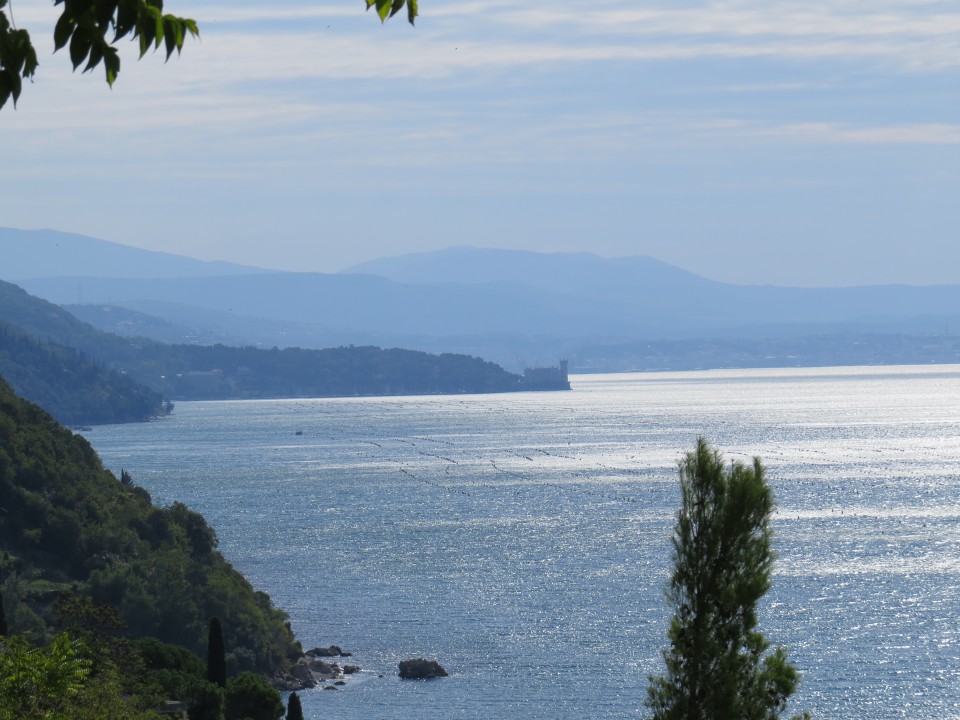
Description
The central position of Miramare on the coast offers a complete view of the coast from Piran in Slovenia to Muggia and its bay with the industrial zone, the Porto Nuovo, city of Trieste and Porto Vecchio, the slopes of the Carso from Prosecco to Santa Croce and Aurisina and so round to Sistiana, the vertical cliffs of Duino and low coastline of the Timavo springs near Monfalcone. The green countryside of the Carso descending to the sea today of the area known as the Costiera triestina, has nothing in common with the bleak, rocky upland of the late 19th century, which was wooded by the Austro-Hungarian authorities. For the main part, they planted woods of Austrian pine, which can still be seen today over the plateau. This led to natural growth of native deciduous species after such activities as grazing and cutting trees for firewood were abandoned. Sailing in front of the promontory of Miramare, the coastal landscape reveals the white castle of Maximilian and Carlotta and the botanical garden surrounding it, together with the patch of sea transformed into a protected marine reserve in 1973 by WWF Italia, indicated by a series of yellow buoys.
Places of interest
This imposing structure (67.85 metres high) has two important functions: commemorating the sailors who died in the First World War and guiding...
Nicknamed “il formaggino” (“the processed cheese”) by Triestini for its characteristic shape, it stands out above the...
This is one of the most typical of the little villages dotting the Triestine Carso and its name, “conto le vele” (“counting the...
The village of Barcola underwent sudden growth in 1860 when, partly with the financial support of Archduke Maximilian, the road linking Trieste...
This is one of the most frequented centres enjoyed by Triestini for sport and bathing. In the seventh century, a convent stood here, which was...
Work on the layout of the park of Miramare, planned to adorn the residence for Archduke Maximilian of Habsburg, began in 1856. Large quantities of...
This is the only protected marine area of Region Friuli Venezia Giulia and the smallest in Italy. It was created in 1986 with a decree from the...
Fish
The anchovy is a small, pelagic, migratory and gregarious fish. It lives in deep water throughout the year in huge shoals that can sometimes include...
The grey mullet is a member of the family Mugilidae, which includes some eighty species of fresh- and salt-water fish. The grey mullet is...
The blotched picarel is a member of the family Sparidae. It is a hermaphrodite species, so that all the young under two years of age are female,...
The curled octopus is a mollusc of the family Octopodidae and has no particular preferences as regards substrate, although it appears more widespread...
The gilt-head bream is a bony member of the family Sparidae and can be found in the sea and in brackish coastal waters. The name comes from the...
The common Pandora is a member of the family Sparidae with a slim, oval, laterally compressed body that can reach 60 cm in length. The colouration...
The white seabream is the most common type of seabream in the Mediteranean and can be found on both sandy and rocky bottoms. It has a high, laterally...
The mackerel, measuring 25-30 cm, is a typical blue fish and an omnivorous, streamlined pelagic predator that lives in large shoals. Its colouring...
The sole is a flatfish with an oval and extremely compressed body. The head is small with a rounded face and small, arched mouth positioned...
Vegetation
Frequent in the sea and in lagoons, and like dwarf eelgrass forms extensive fields which are very important for fish and waterfowl.
A halophyte (salt-tolerant) species not present in salt marshes but on rocky coasts and harbour works such as jetties and embankments, even in...
A species of evergreen oak, it is the main constituent of the Mediterranean maquis and locally can be found between the Timavo river and Miramare...
A halophyte species forming extensive spreads on sandbanks and very noticeable during the summer flowering.
It appears in cultivated woods of pine and has spread widely in natural fashion on the Karst plateau, and is present also in the coastal pine...
A North American species common in cultivated areas and along rivers. Used for poles and firewood.
Traditions
In order to exploit the mild influence of the Mediterranean, the Triestine coast has for centuries been modified in order to cultivate crops on...
When the temperature of the water in the Gulf reaches 18-20° in late spring and early summer, fishermen begin to capture anchovies with lamps...
These are a typical feature of the local countryside in the Carso and Gorizia region, whereby farmers can offer their wine, ham and cheeses...
Habitats
The Carso is a long plateau facing SE-NW, sloping slightly downwards towards the west. The eastern part reaches about 400 metres in height, while...
In order to exploit the mild influence of the Mediterranean, the Triestine coast has for centuries been modified in order to cultivate crops on...
Planting of the artificial Austrian pinewoods first began in 1842 and now constitute an important feature of the Carso’s landscape; thanks...
The special microclimate characterising the coast near Trieste depends from the white limestone cliffs that reflect sunlight, the warming effect...
One of the largest and most vital underwater meadows of the Gulf lies in front of the mouths of the Isonzo. These are plants with ribbon-like...
Birds
84-102 cm, sexes similar. All year round, nesting in colonies in lagoon groves and other wooded areas inland. Nesting has been noted since 1999. Very...
19-21 cm, sexes similar. There is a grey variety and a rufous one. It is a small owl with ear tufts and a characteristic and insistent song. Present...
37-43 cm, sexes similar, light grey upperparts, white in the lower parts, with a black cap and a tuft on the head, the beak black with light-coloured...
30-35 cm, sexes similar. Dark above and white lower parts. Aggregates in flocks offshore from spring to autumn; it does not nest here and its...
10.5-12 cm - sexes similar. Evident brown grey tuft. Present throughout the year in the pine forests of the Carso, including the cliffs of Duino and...
10-11.5 cm, sexes similar. A small tit with characteristic white patch on the nape. Present all year, it nests in the pinewoods of the Carso and...
38-43 cm sexes similar, grey with white wing bands. Present throughout the year, it commonly nests in the groves of the lagoon islands and in...
77-94 cm, sexes similar. Like pelicans and boobies, they have the 4 fingers joined by a membrane to facilitate swimming. The species is present...
35-39 cm, sexes similar. In February, it gains the dark brown cap for the breeding season, which it then loses in July-August. Present throughout the...
37-40 cm, sexes similar. Compared to the black-headed gull, the beak is more massive and coral-red, it has a black head – during nesting – and...
52-58 cm, sexes similar. Grey upperparts, white lower parts. Present throughout the year and abundant, nesting in the lagoon, on the roofs of houses...
40-46 cm, sexes similar. It is smaller than the black-headed gull. Present from November to April, numerous in some winters, it frequents the sea,...
50-60 cm. With marked dimorphism, this is the ancestor of the domestic duck. Present throughout the year, it is very adaptable, frequenting both...
68-78 cm, sexes similar. It has a short tuft that appears in adults in winter and early spring. Present throughout the year, it becomes rare in...
17-19 cm, sexes similar. Blue upperparts, red underparts with large, dark beak dark and very short tail, which in flight makes it resemble a...
13-14 cm, male with black head and red eye, the female brown with grey head. Present throughout the year, it nests in warm coastal scrubland between...
18 to 20.5 cm light brown uppers. white on the lower parts. The wings have a narrow light-coloured bar and are often blocked briefly in flight....
48-56 cm, sexes similar, plumage varies widely, generally brown with light patches. Present all year round, most numerous even in the largest lagoon...
17-21 cm, sexes similar. Black upperparts, red throat and whitish belly. Present from March to April and from September to October, it nests in rural...
52-58 cm, the male with dark green head and white neck, the female with reddish head. Present during wintering, it is frequent during the spring...
34-37 cm, sexes similar. Light grey upperparts and white underparts, with black cap and red beak. It is the classic tern, frequent from April to...
63-75 cm, sexes similar. In winter the plumage is dark grey above, whitish underneath; the beak is more massive and held flat compared to the...
55-67 cm, sexes similar. In winter, the plumage is grey, and whitish underneath. Present in winter at sea and in the deepest areas of the lagoons....
85-97 cm, sexes similar, the adults being black and white and juveniles all black: this is the largest seabird normally observed in the...
46-51 cm, sexes similar. Grey upper part, whitish beneath, while in its nuptial plumage it reveals obvious tufts on the head and below the eyes....
28-34 cm, sexes similar. Grey and off-white in winter, in March it has a black neck and a yellow tuft behind a red eye. Present from August to April,...
29-33 cm, sexes similar. Plumage light beige with black collar. Present all year round, often associated with human settlements in cities, towns and...
25-29 cm, sexes similar, orange plumage striped with black, erectile crest on the head, flickering flight. Present from April to September and fairly...

